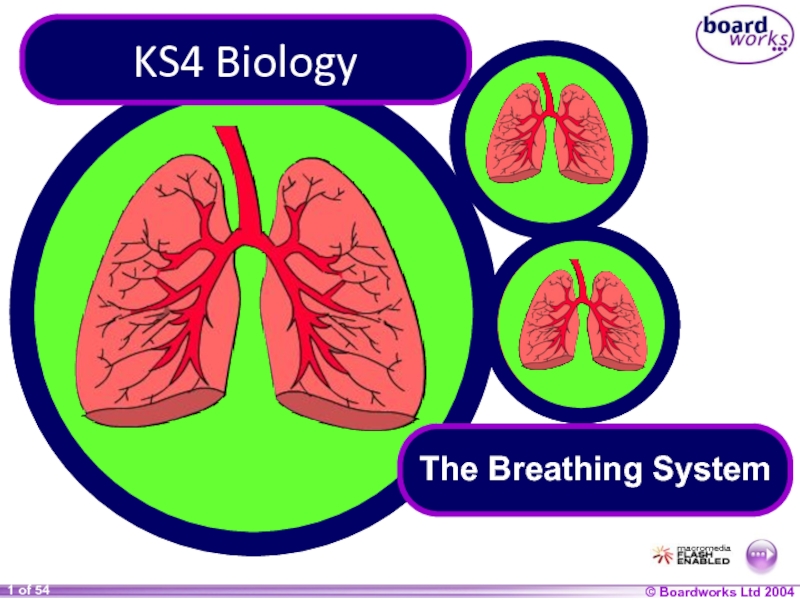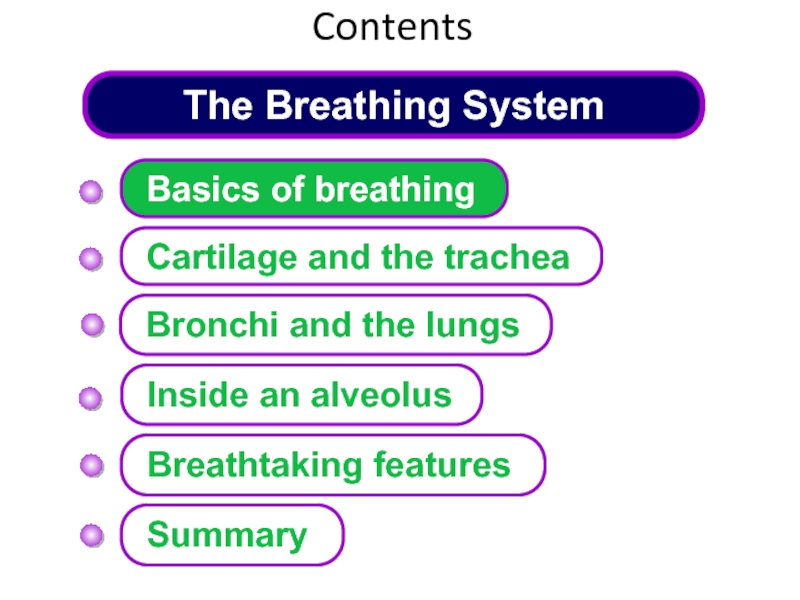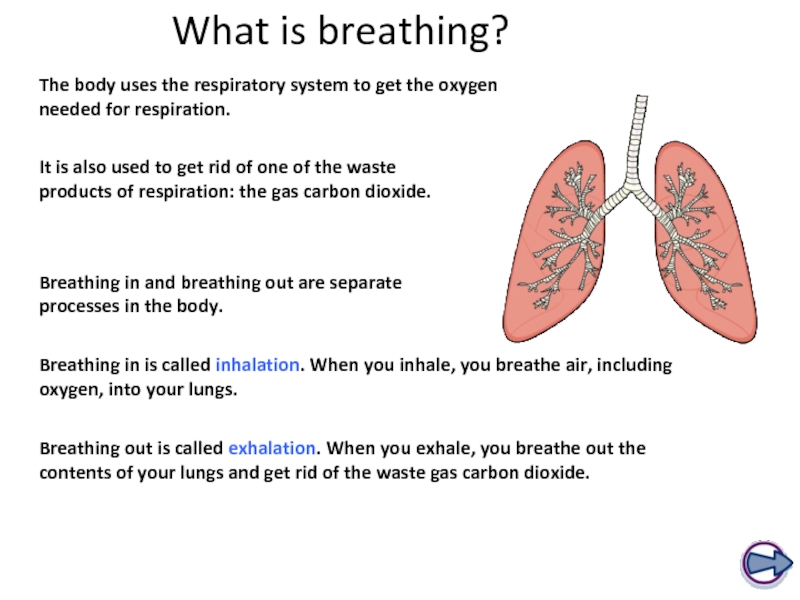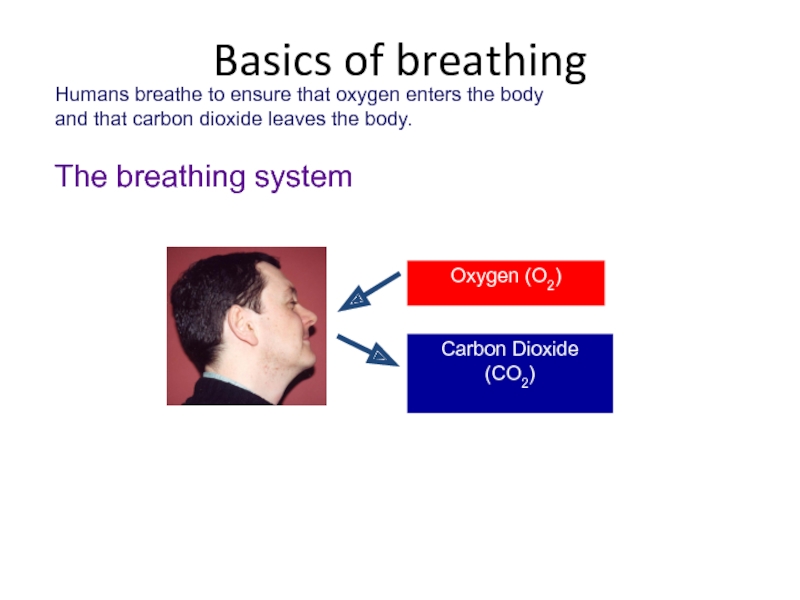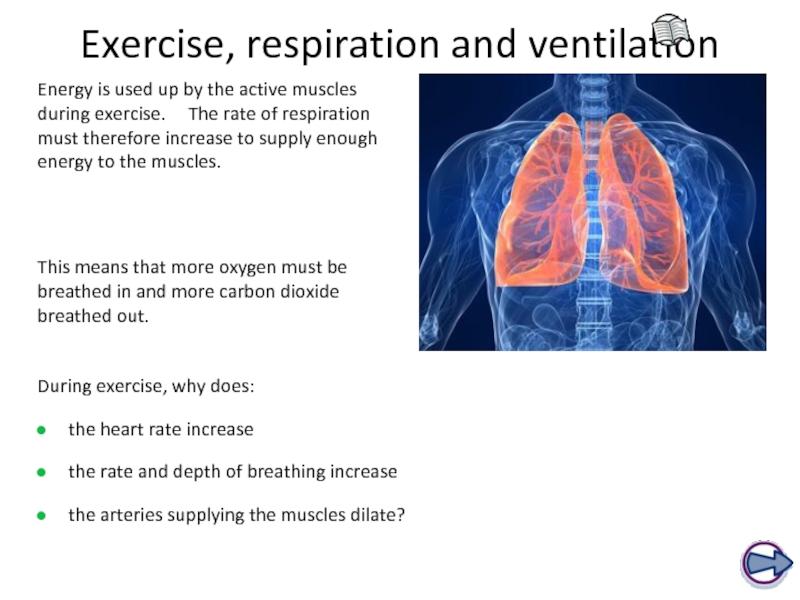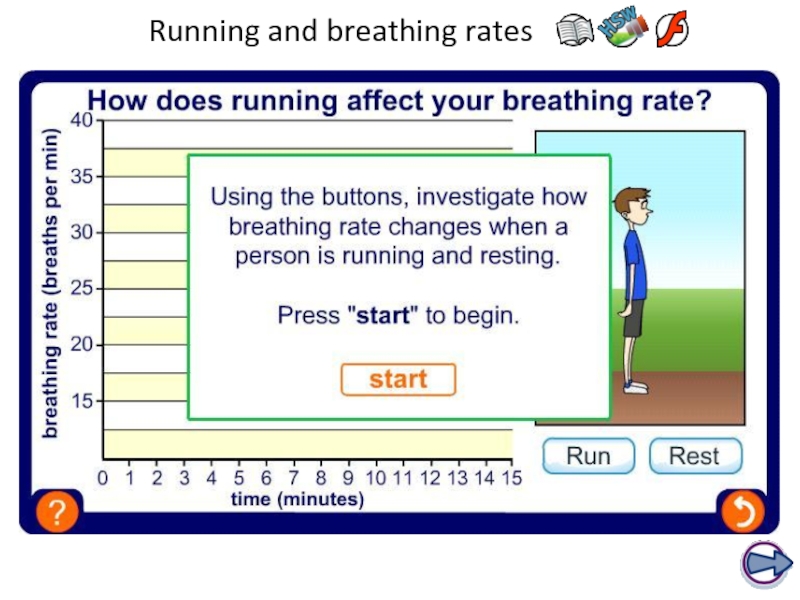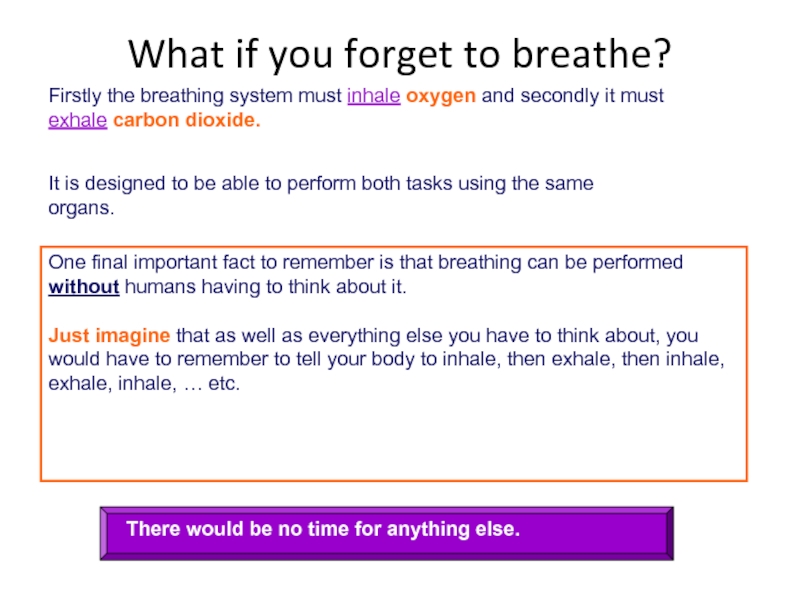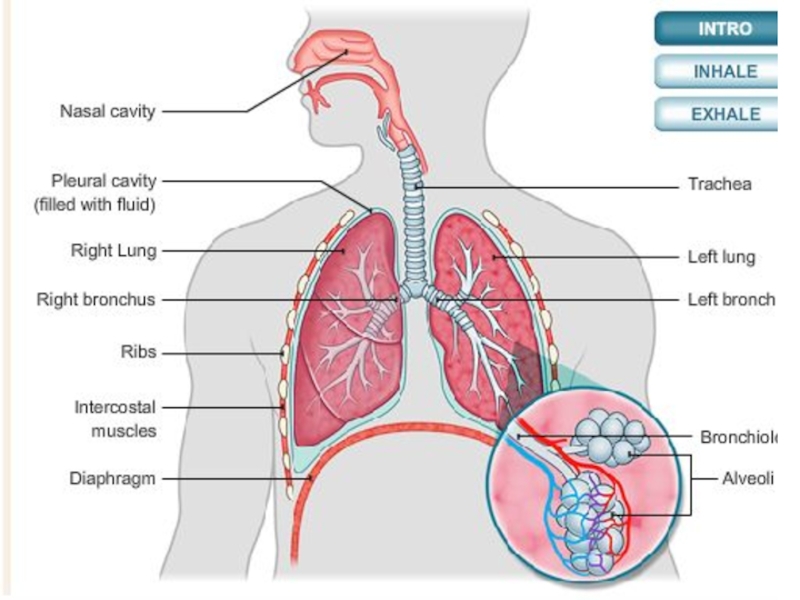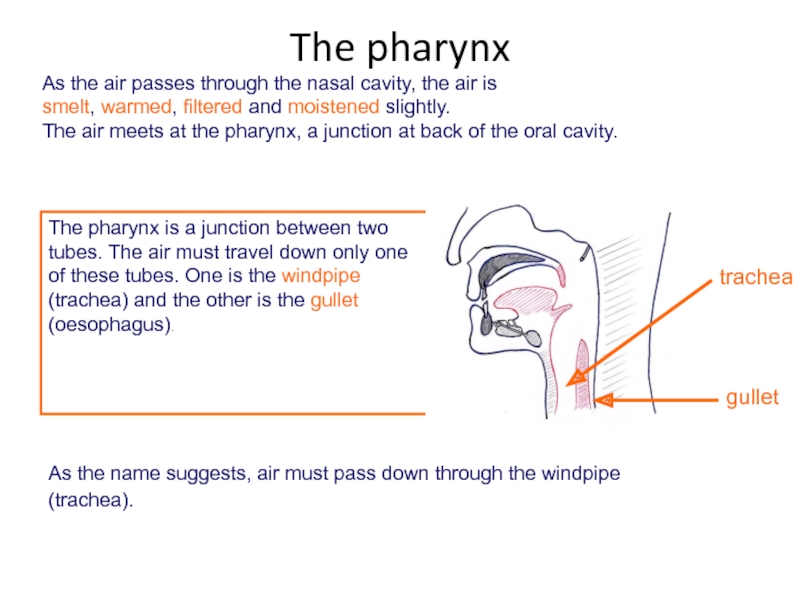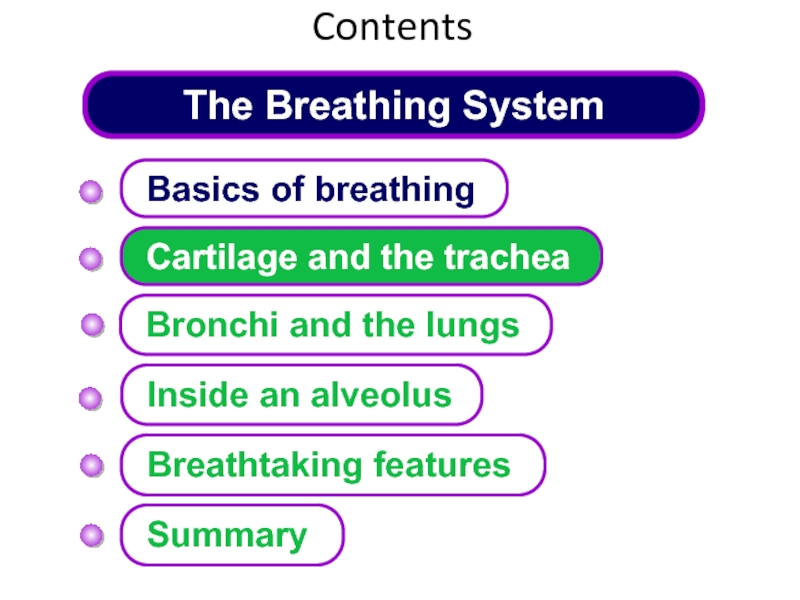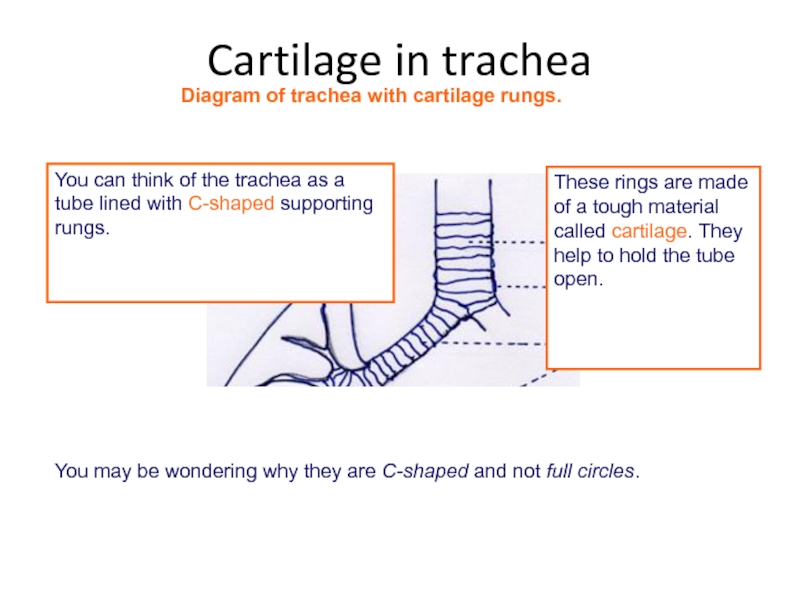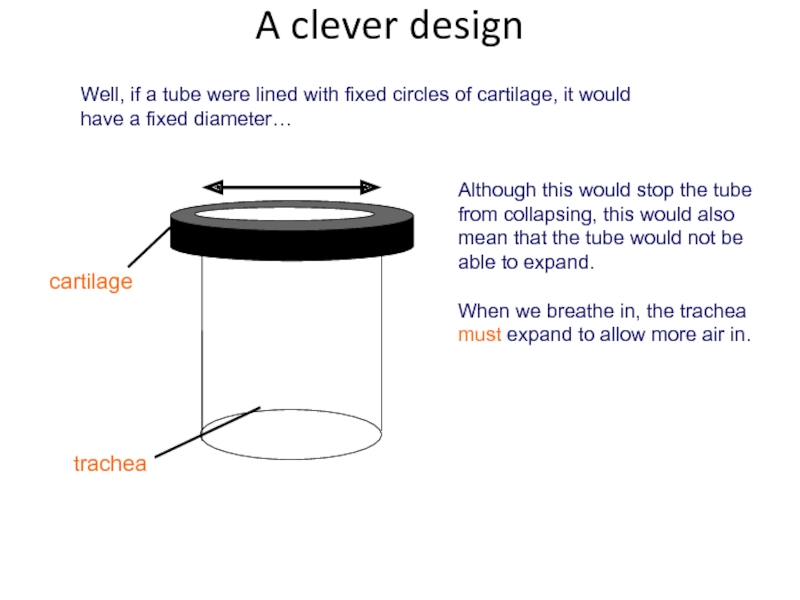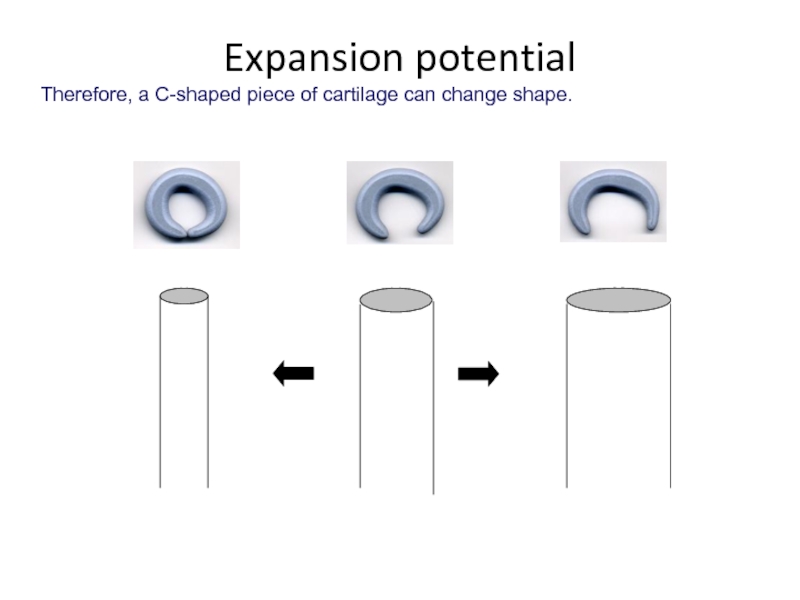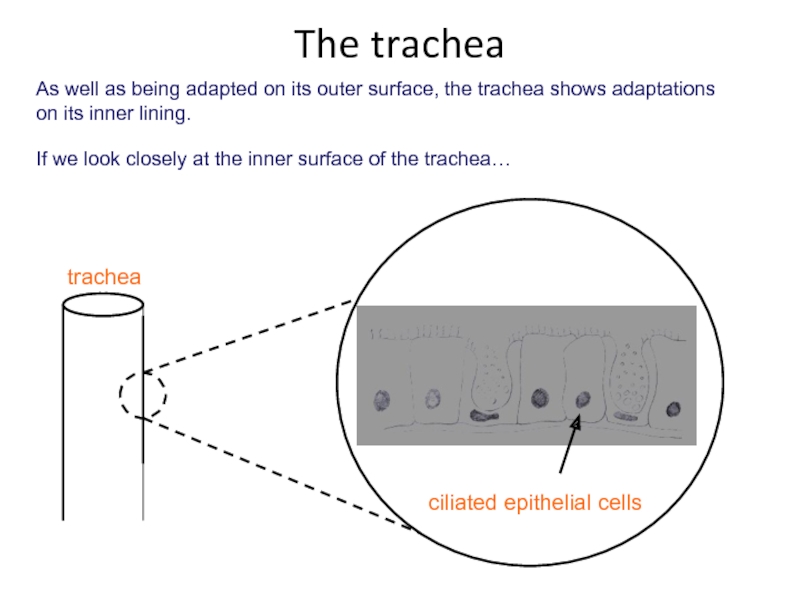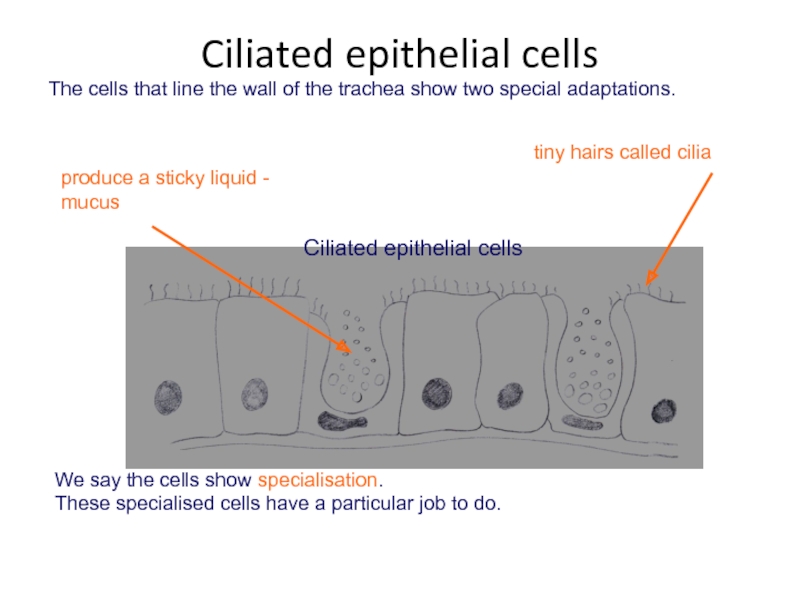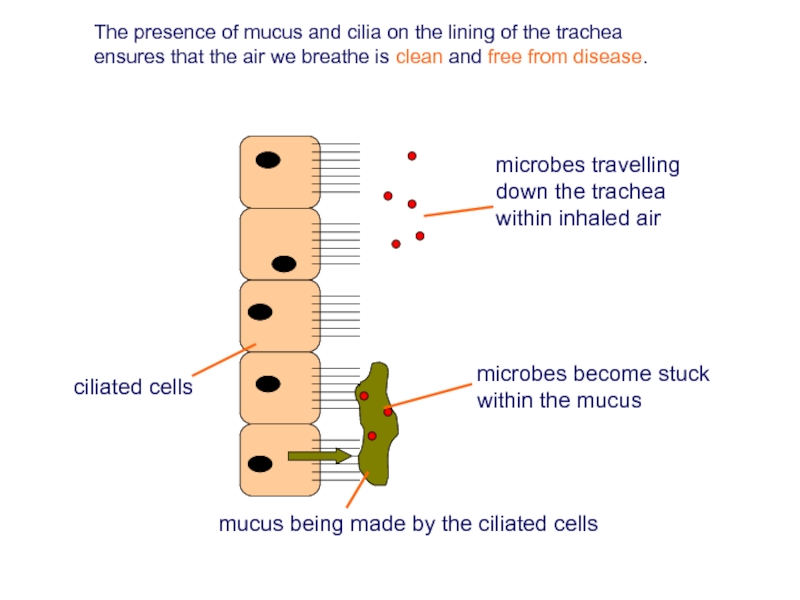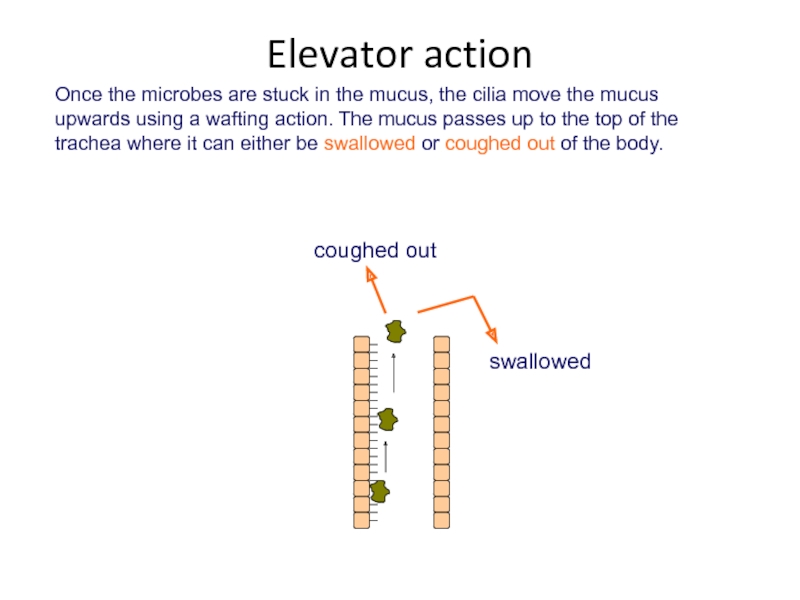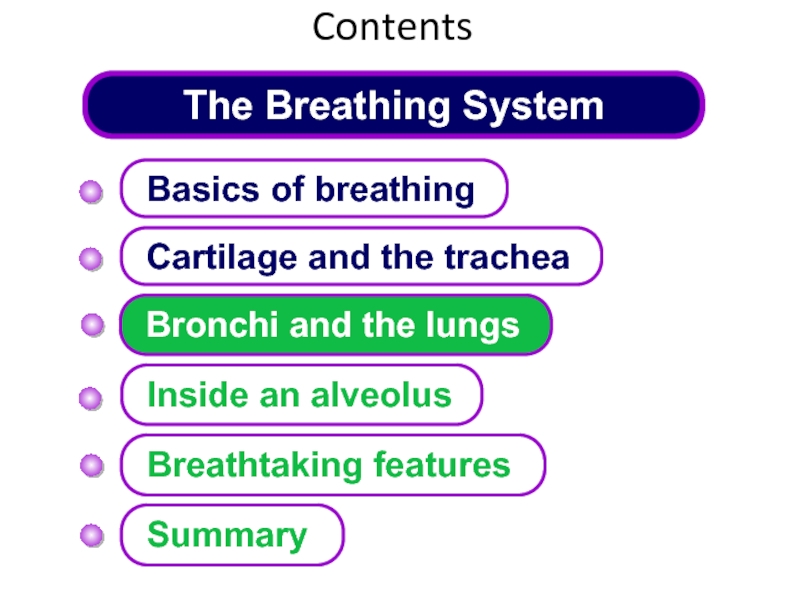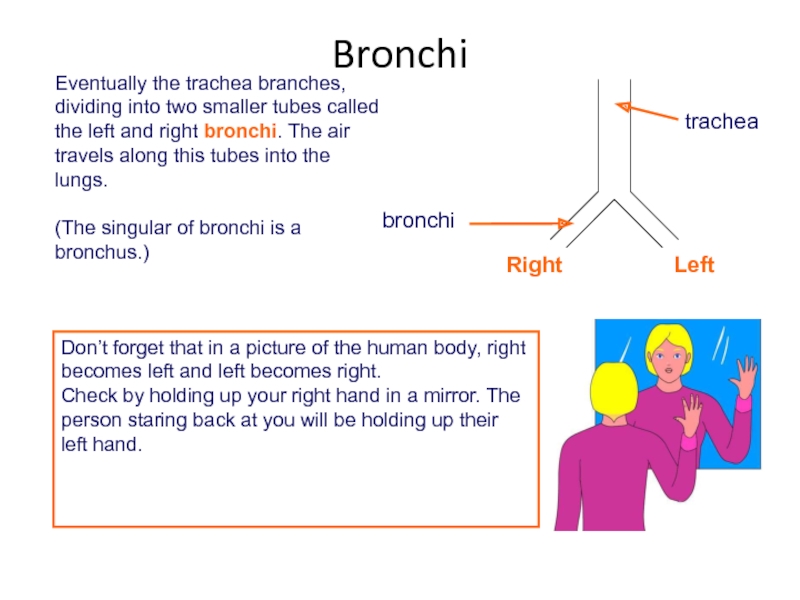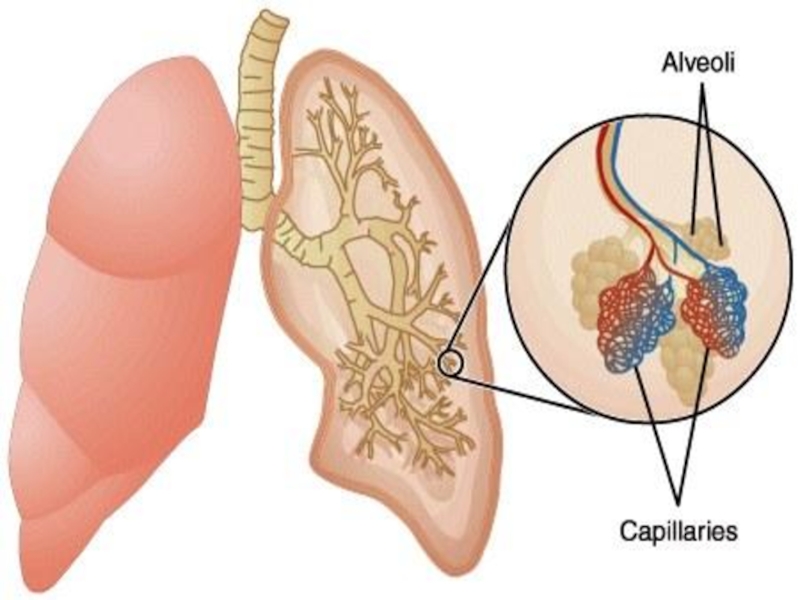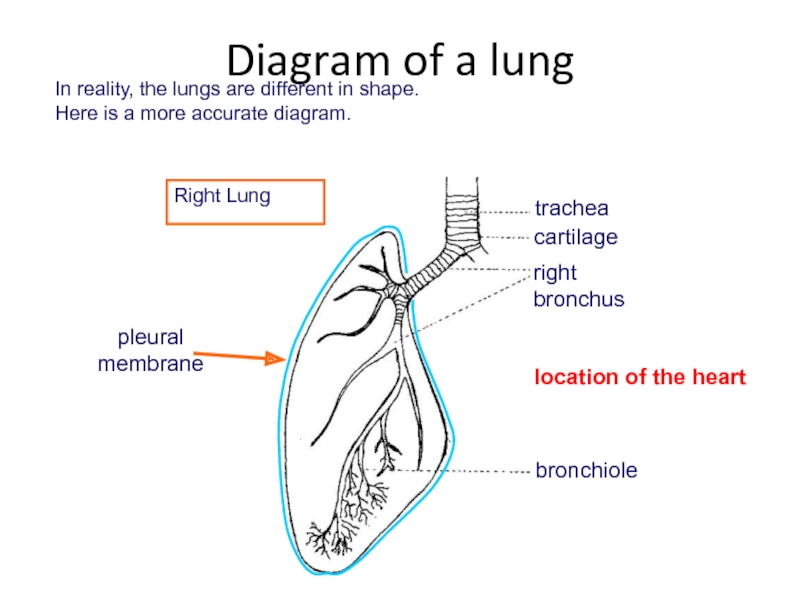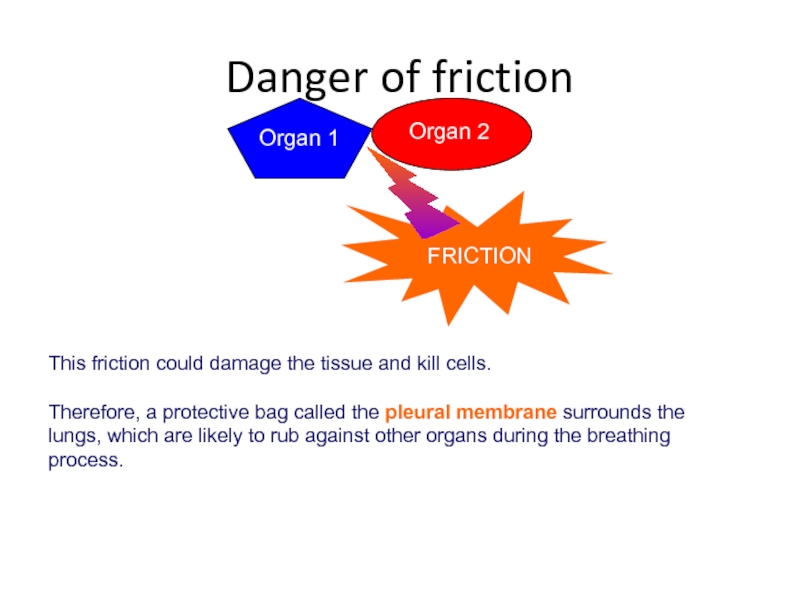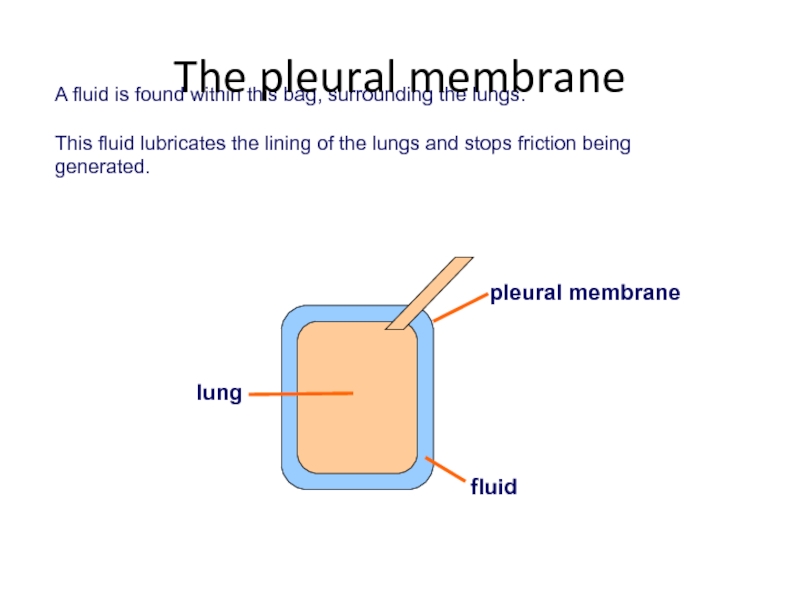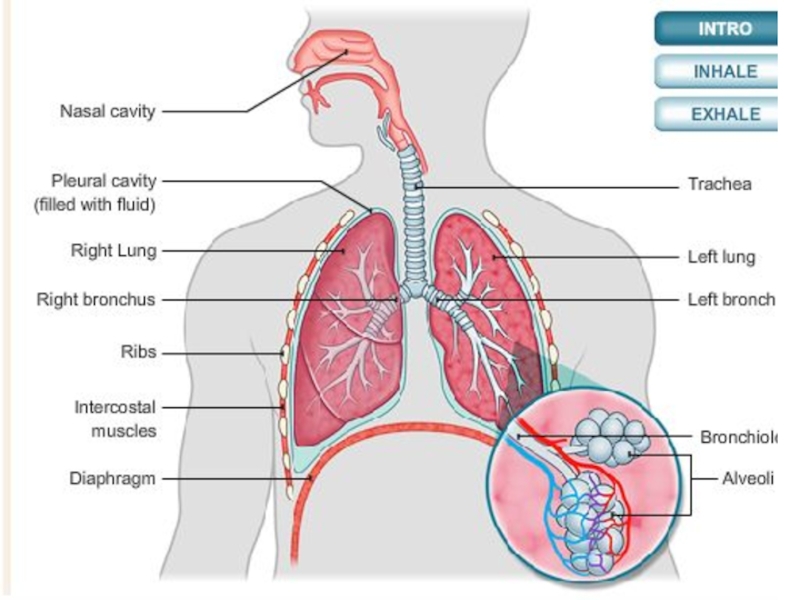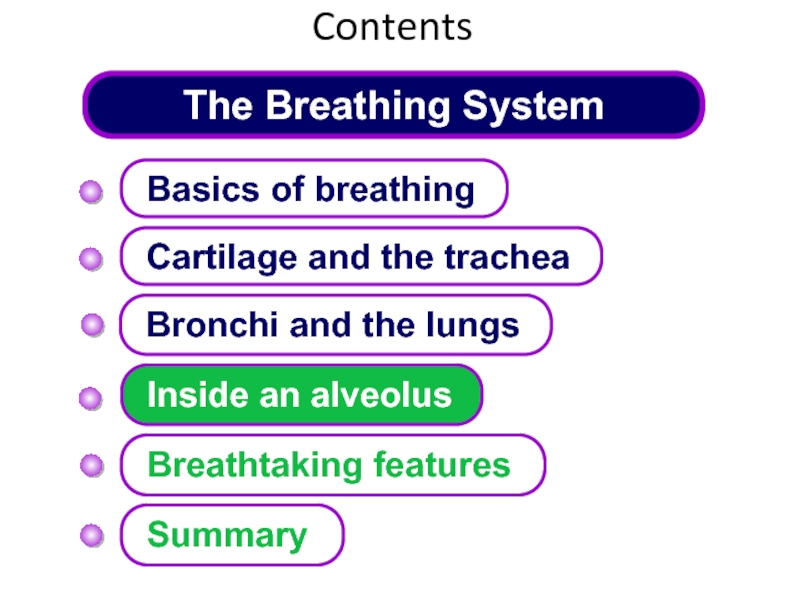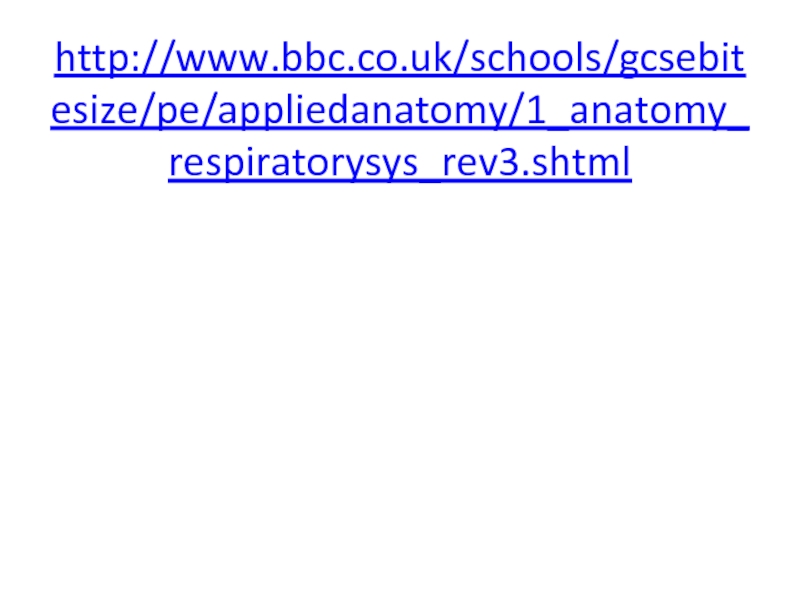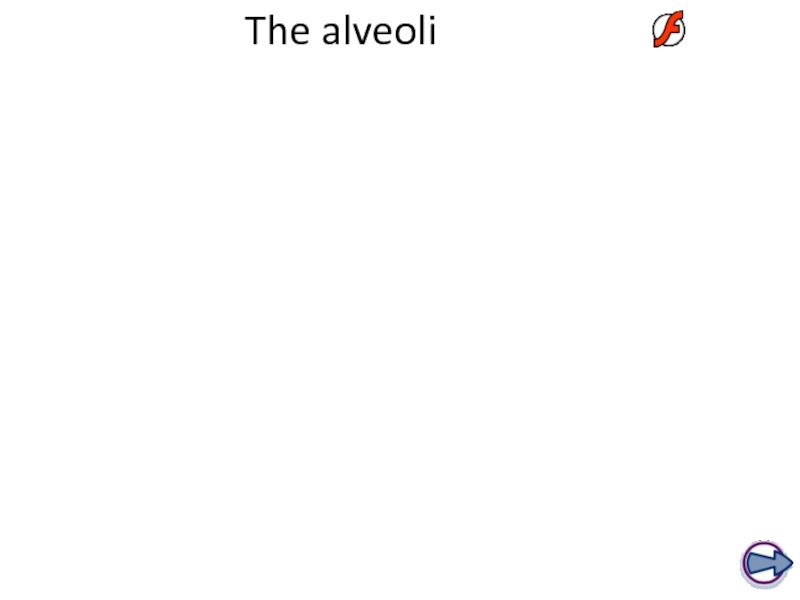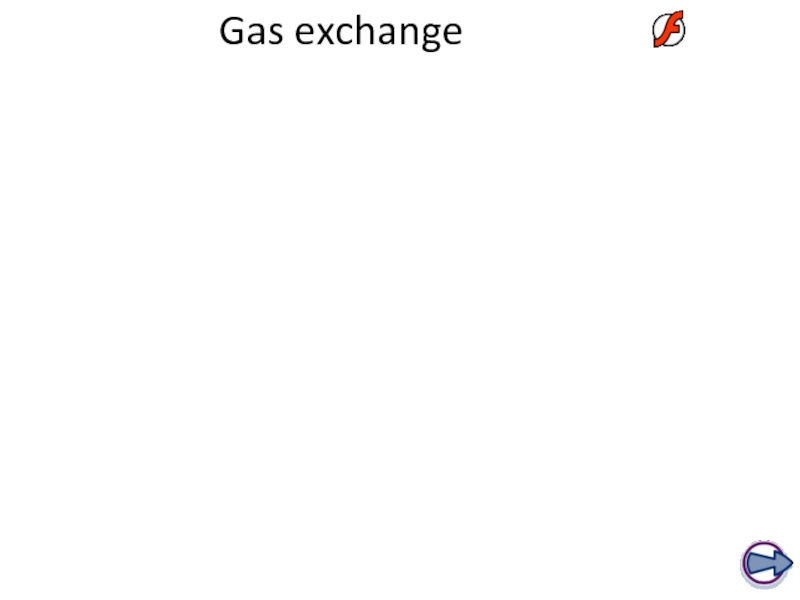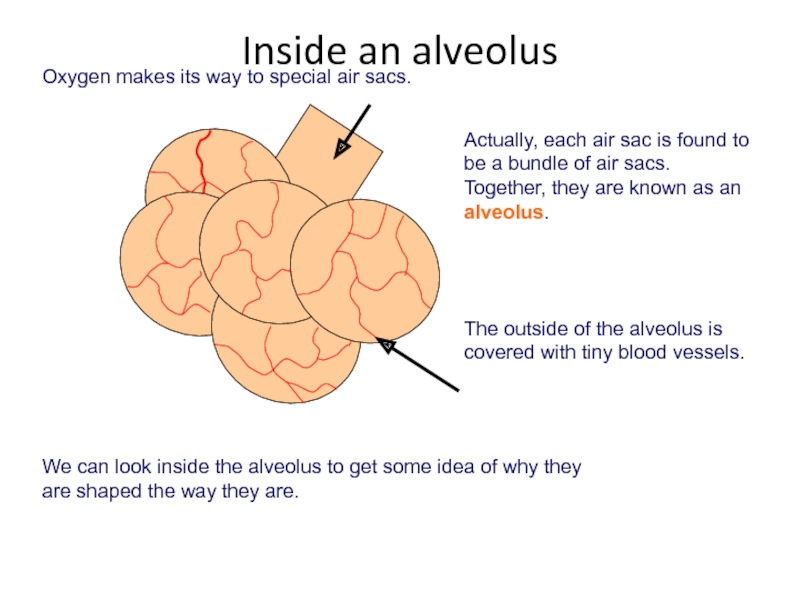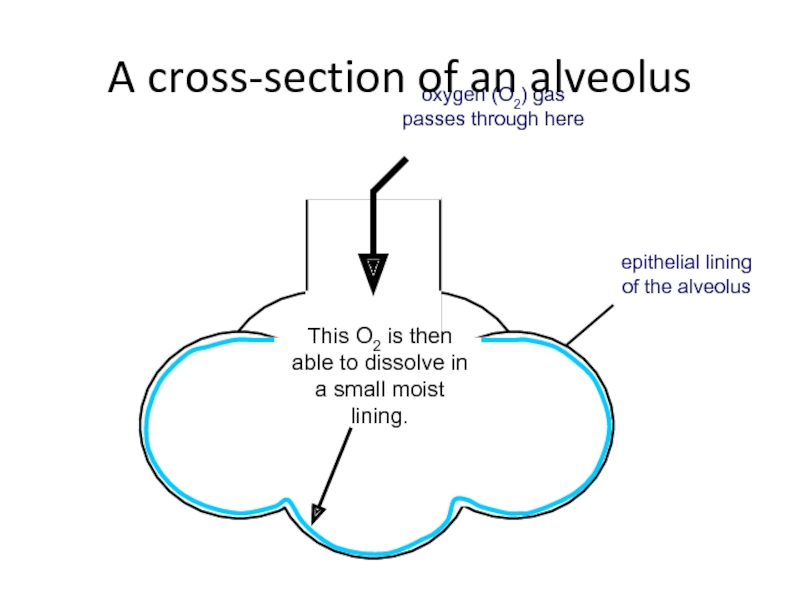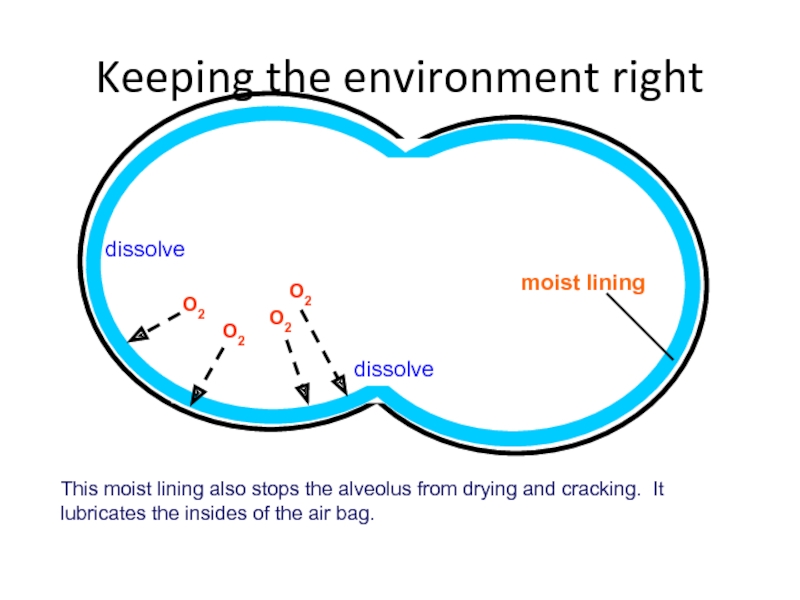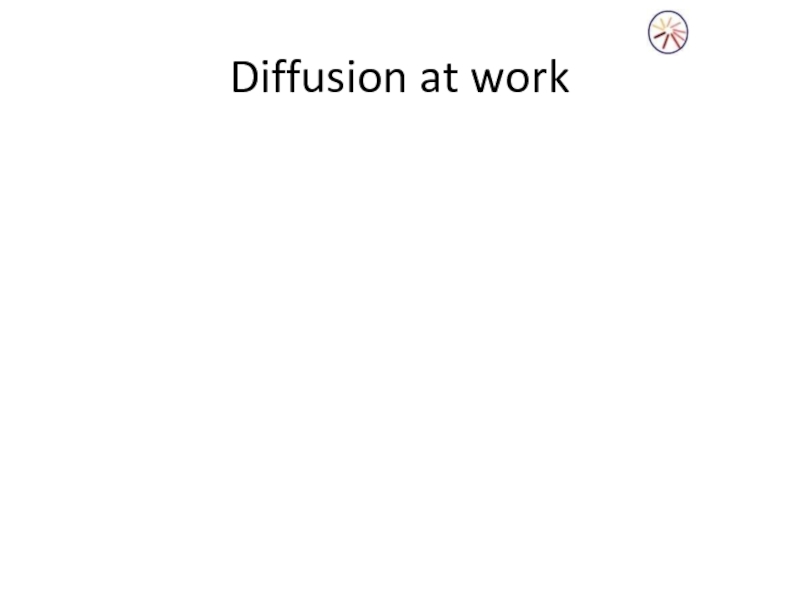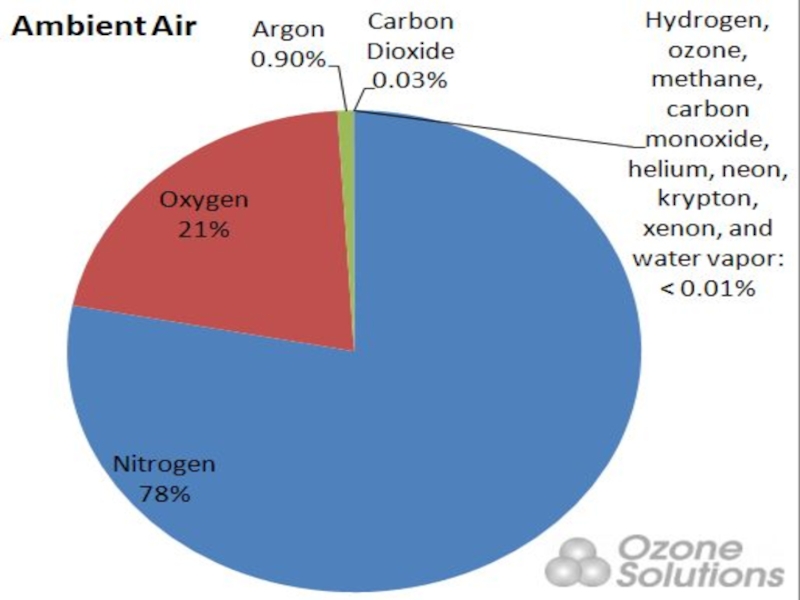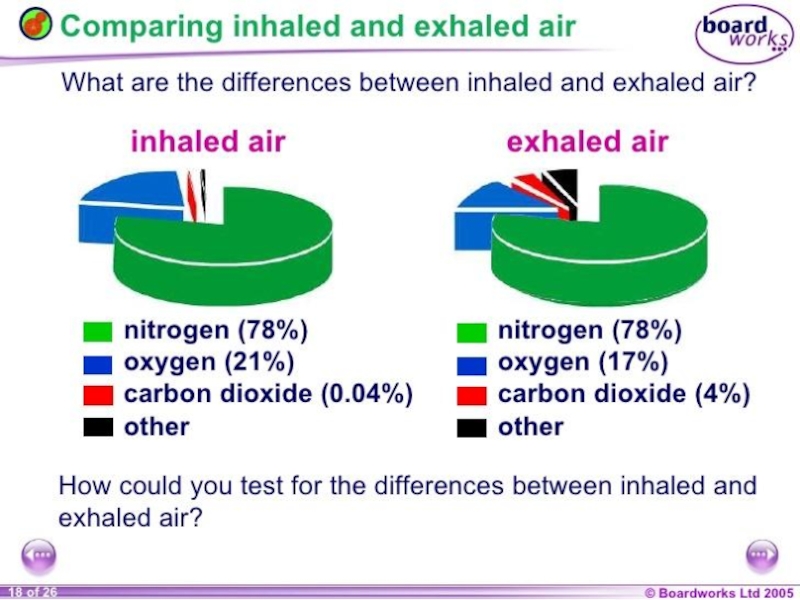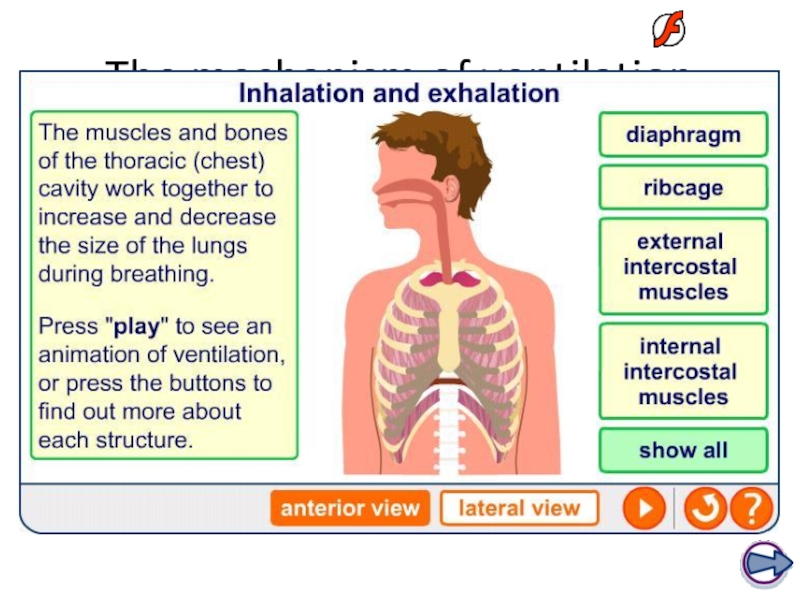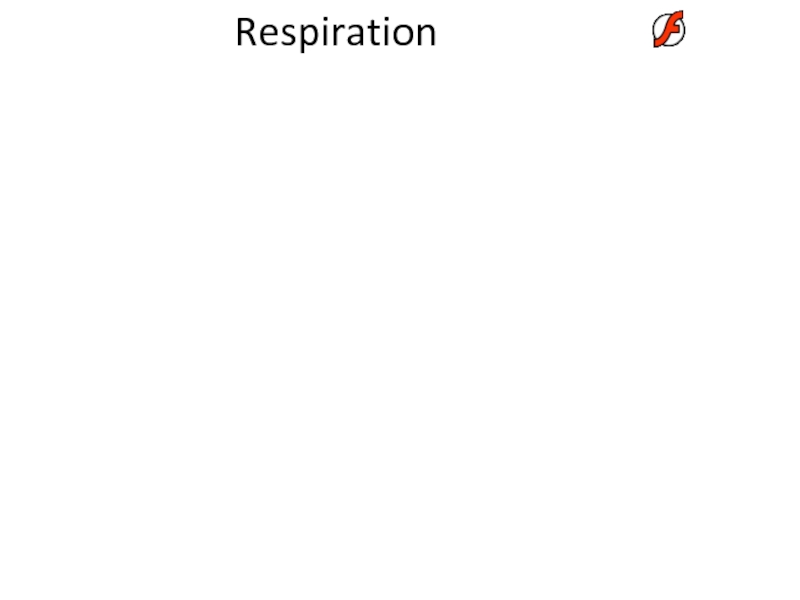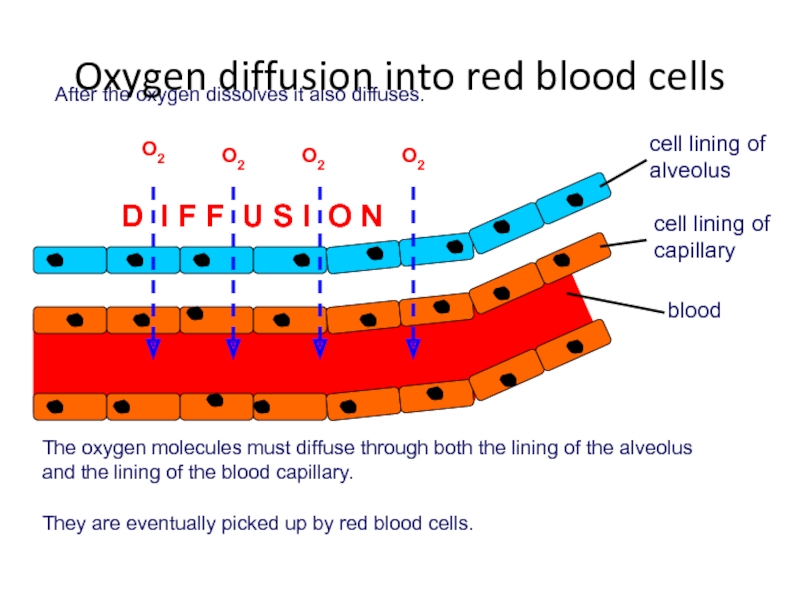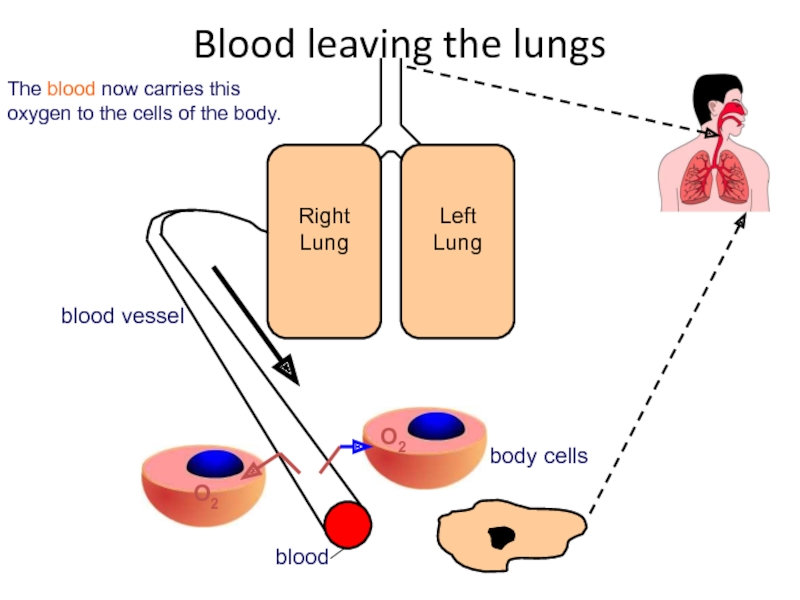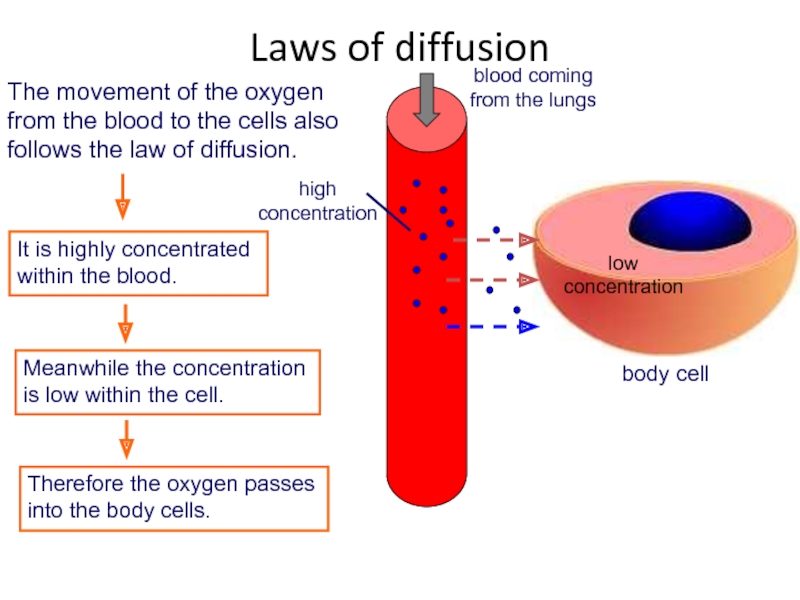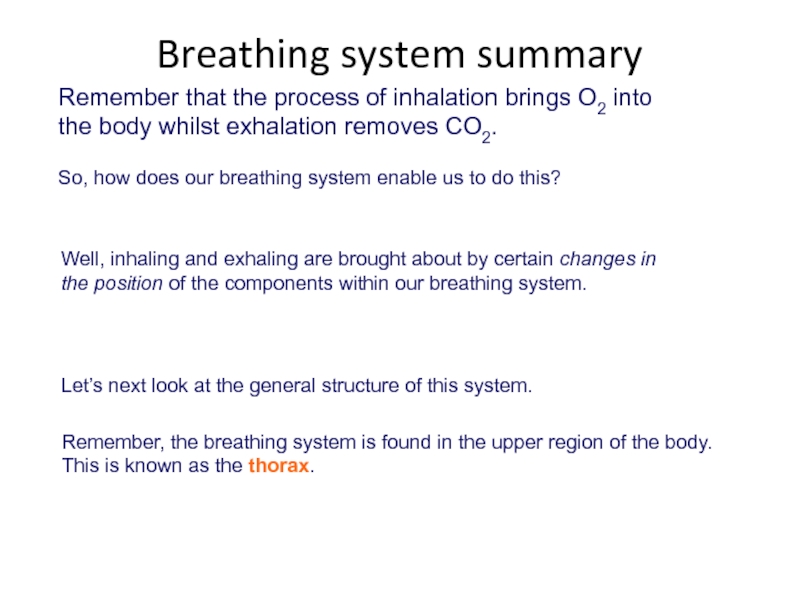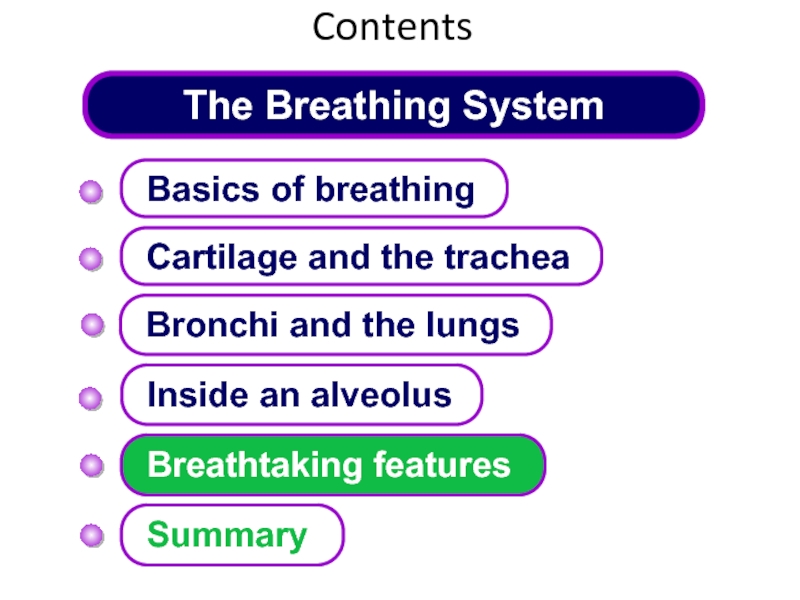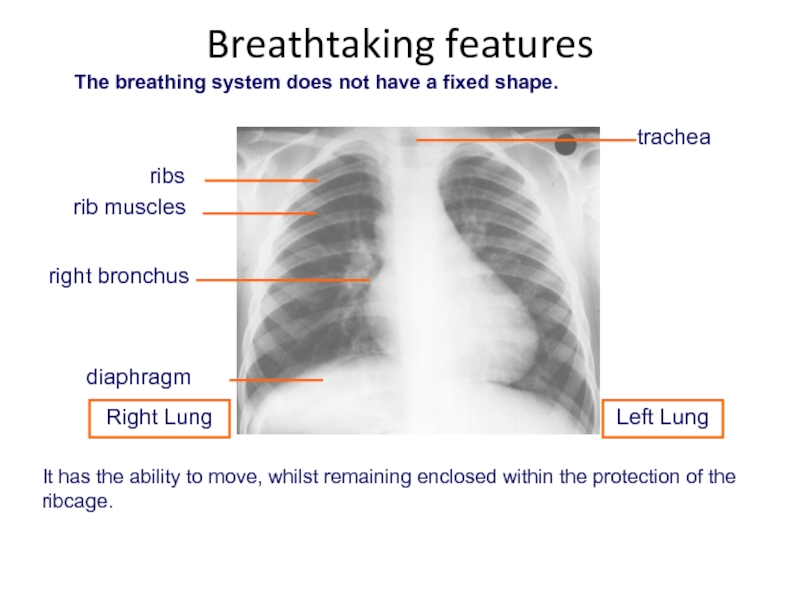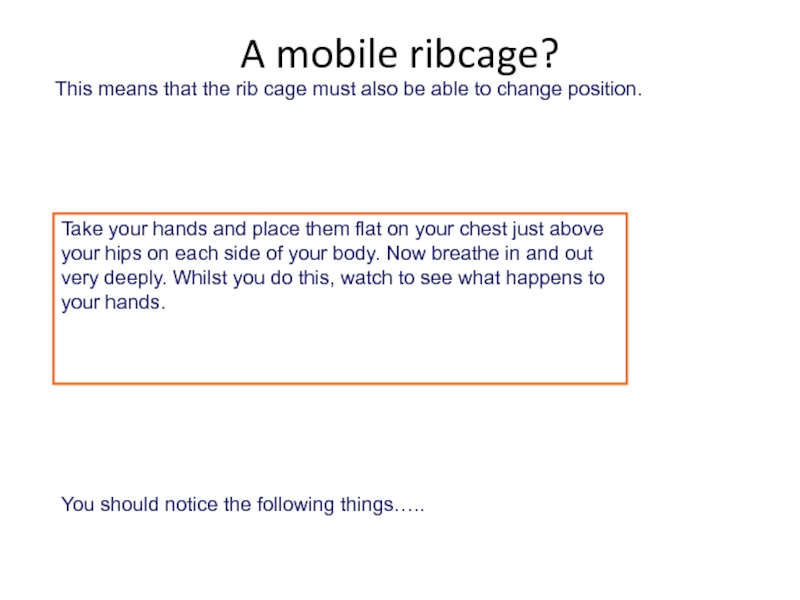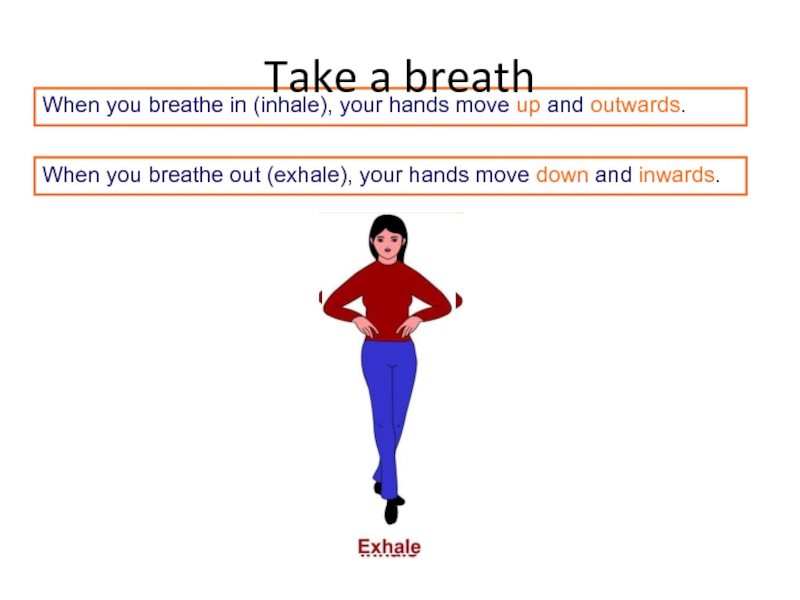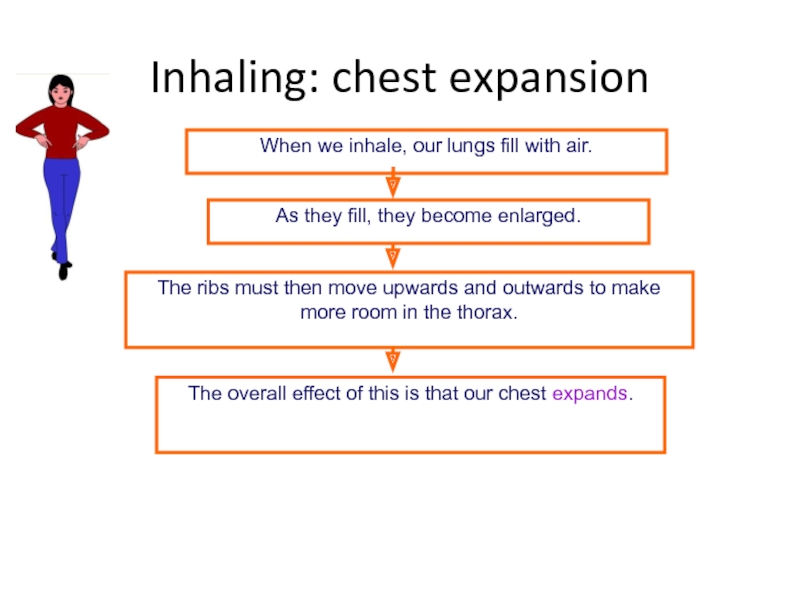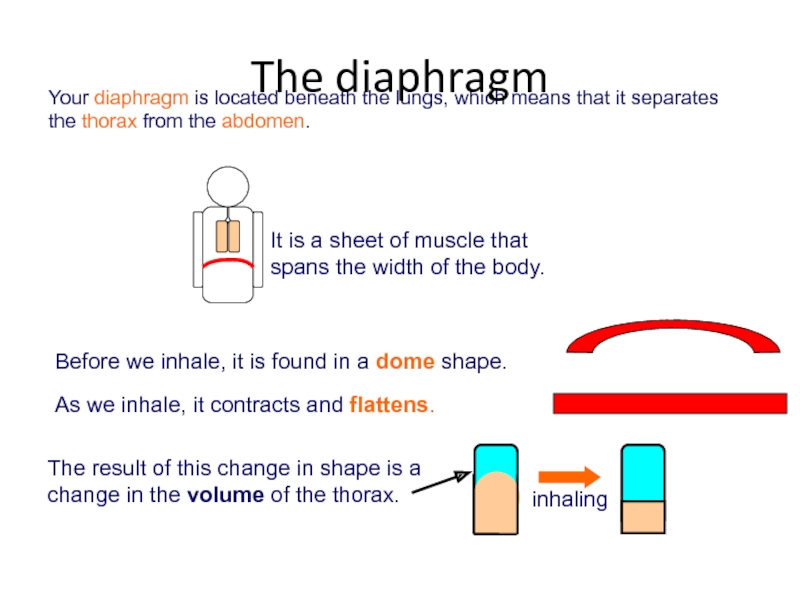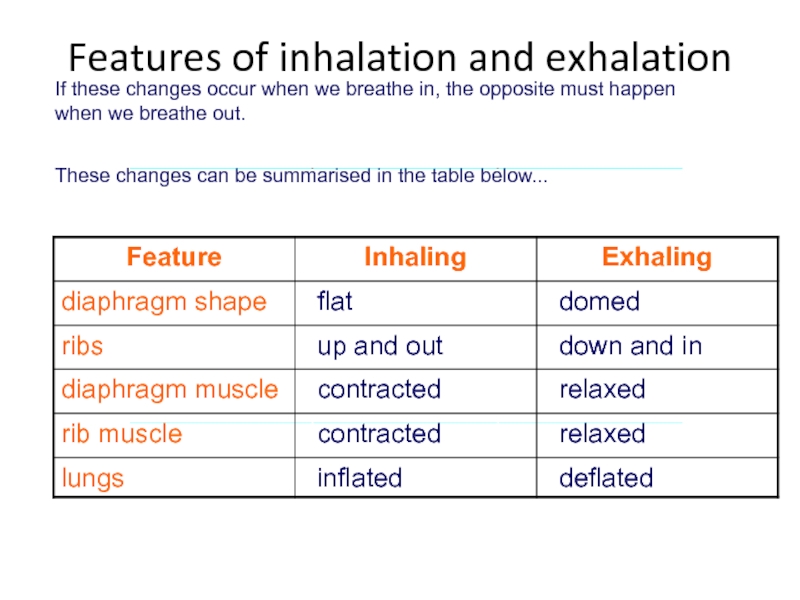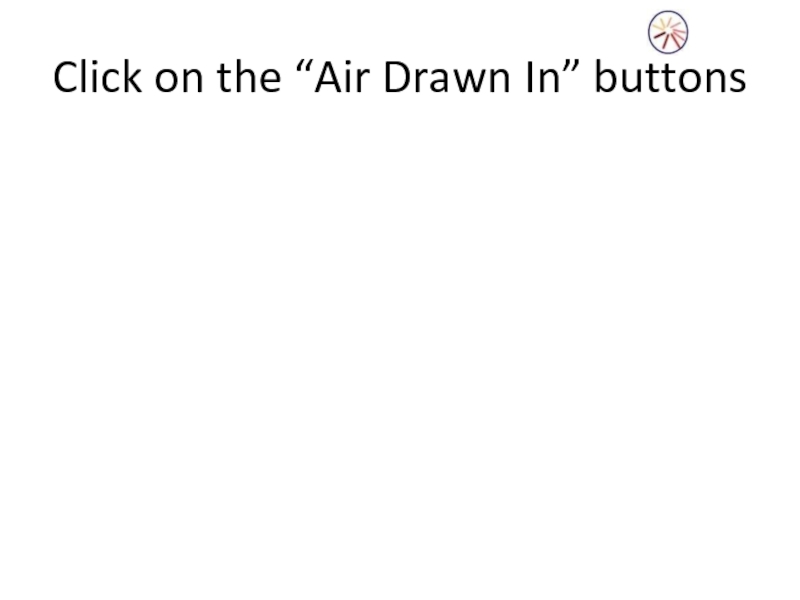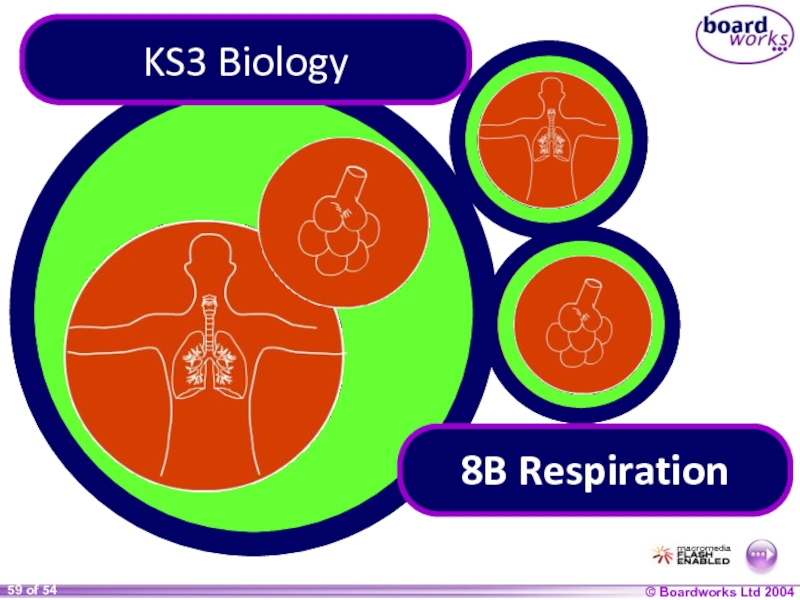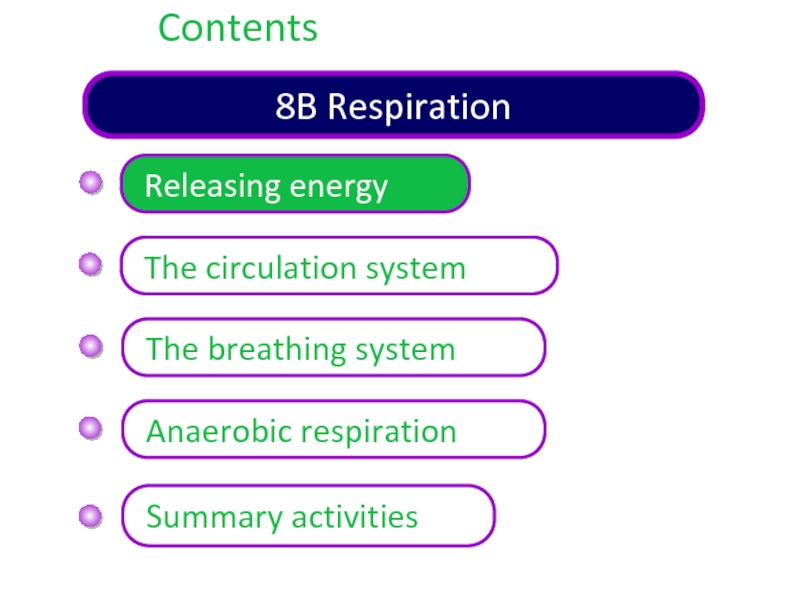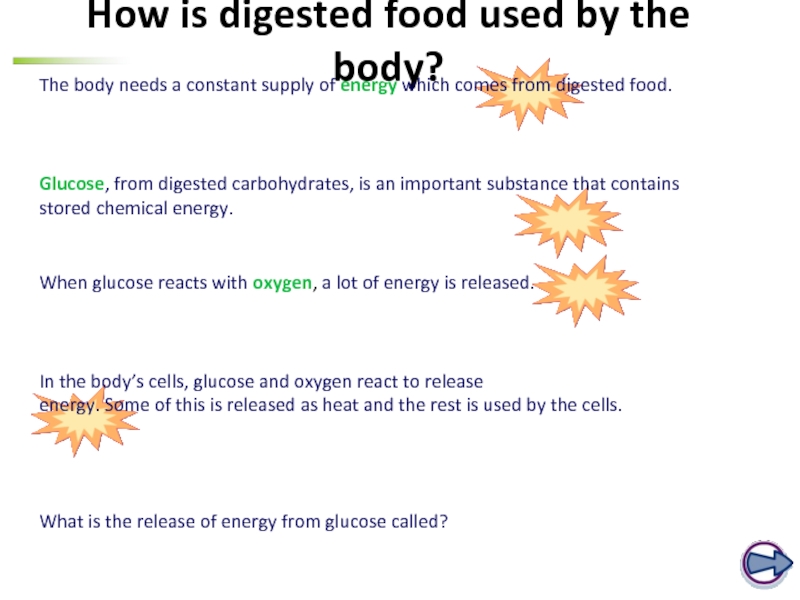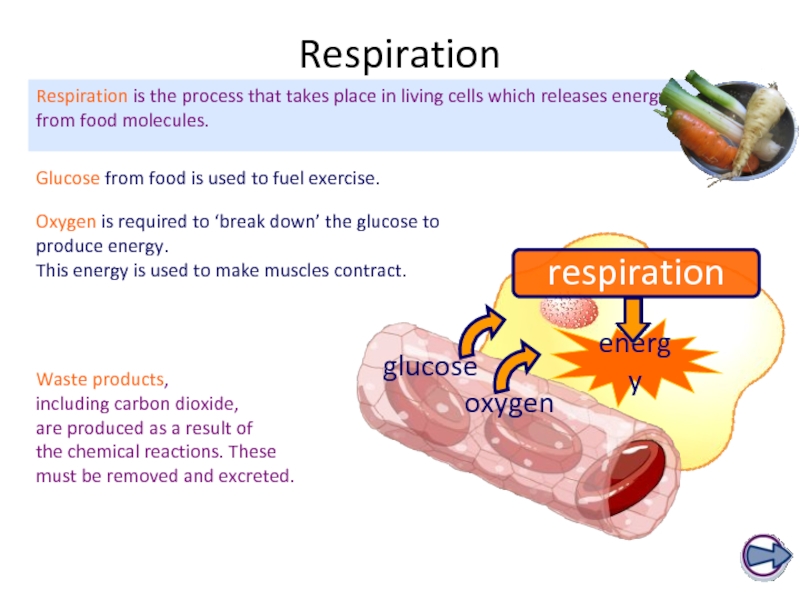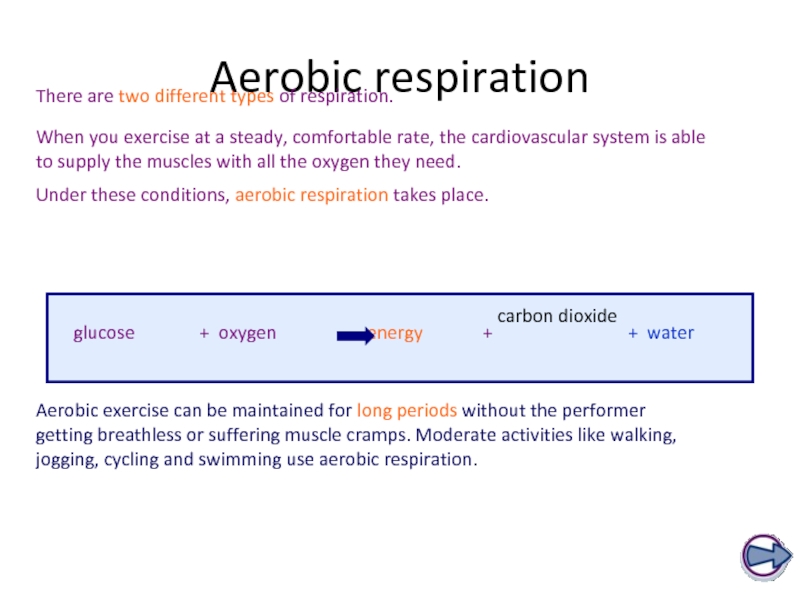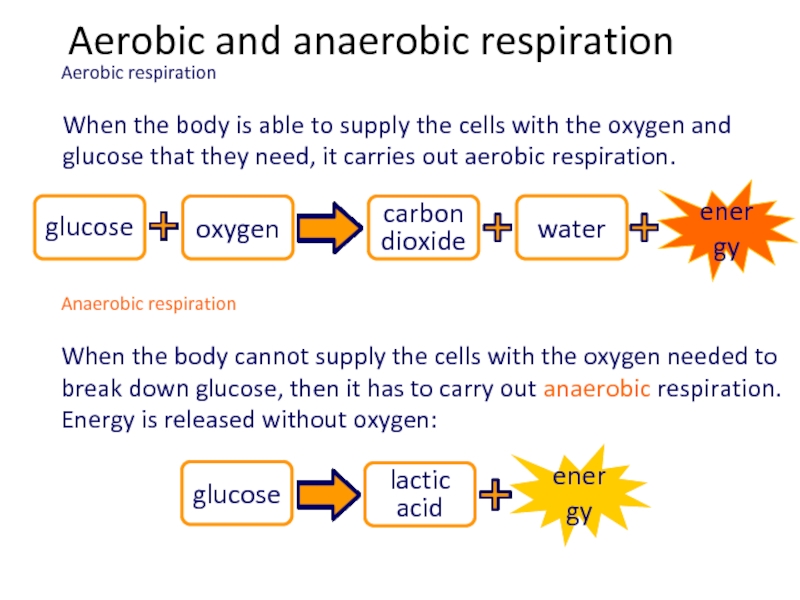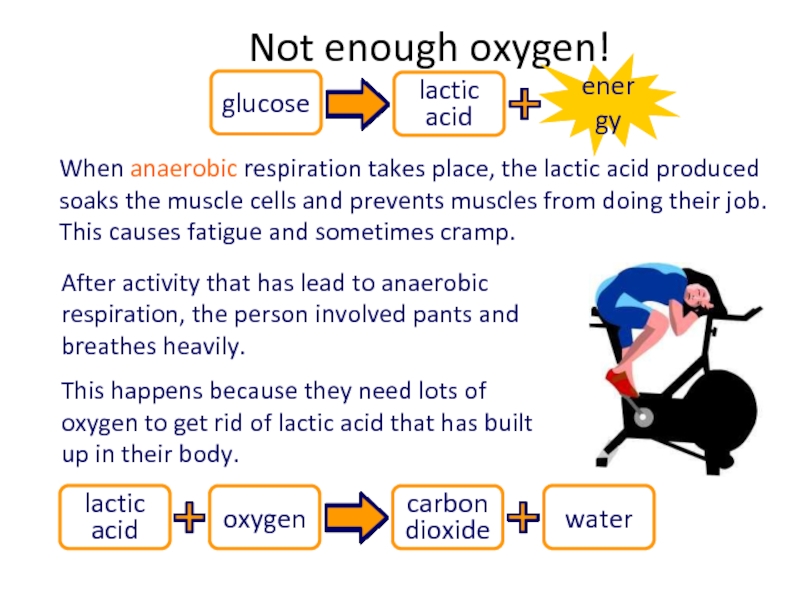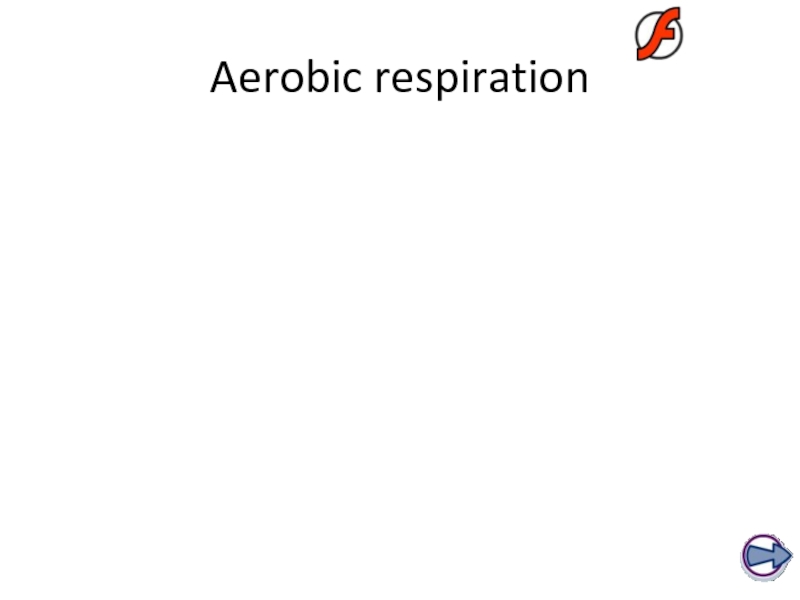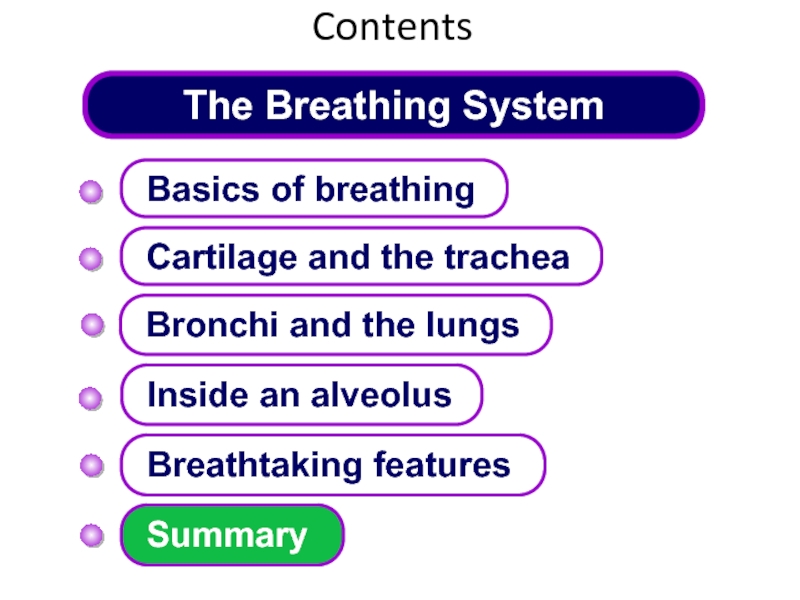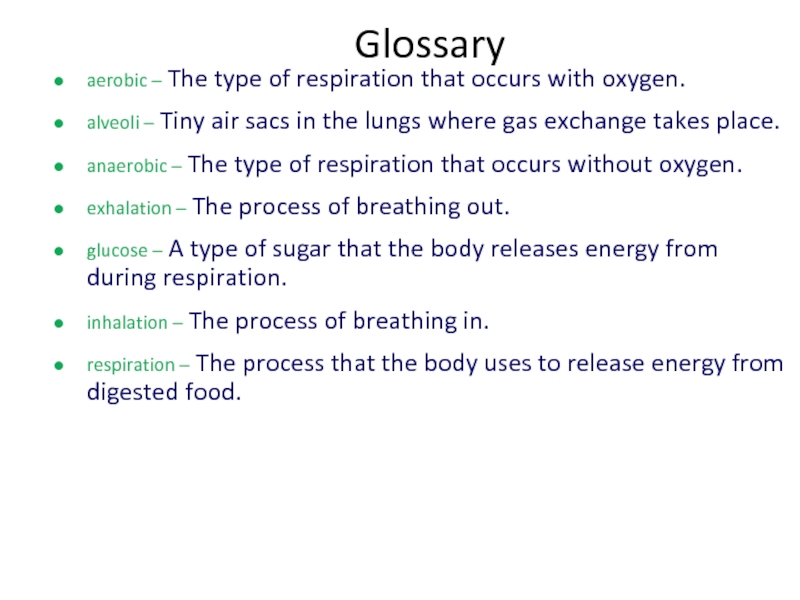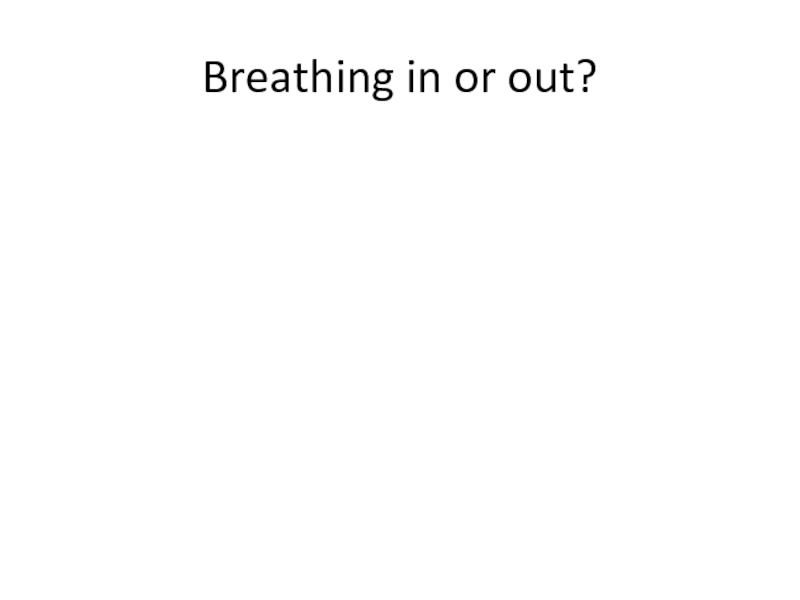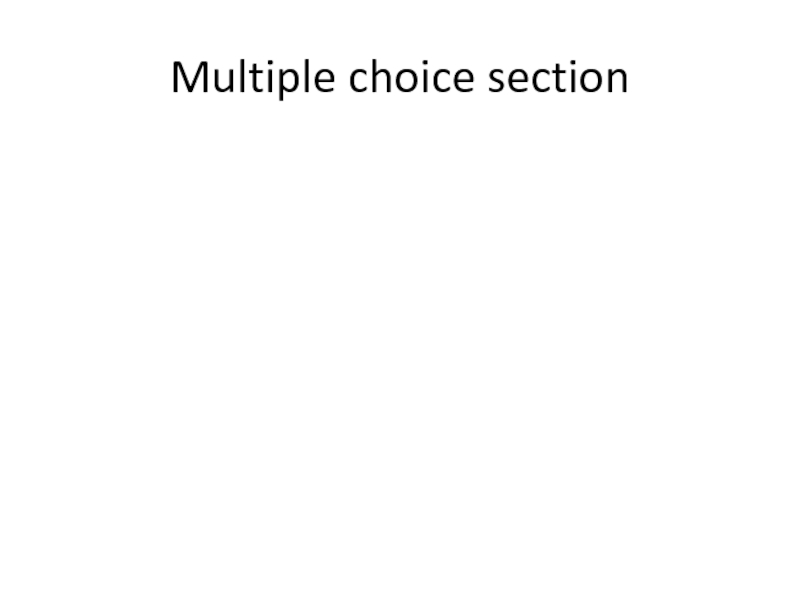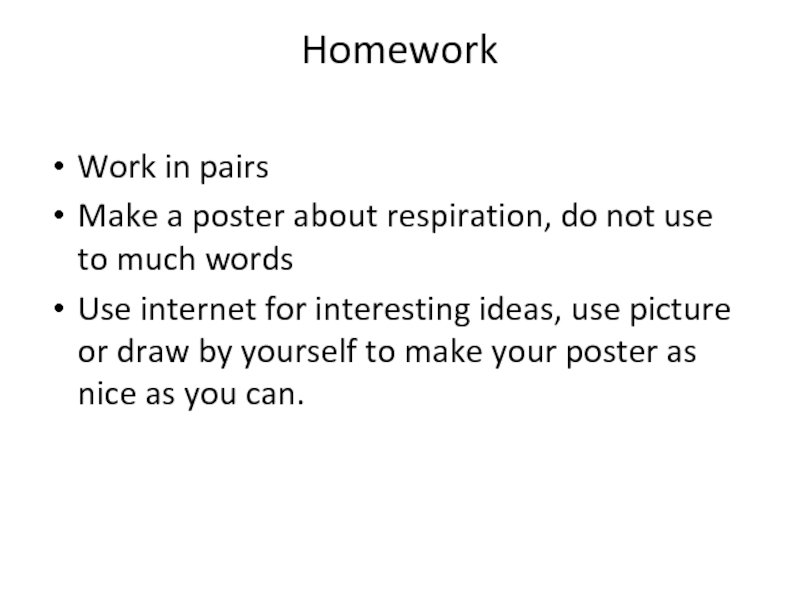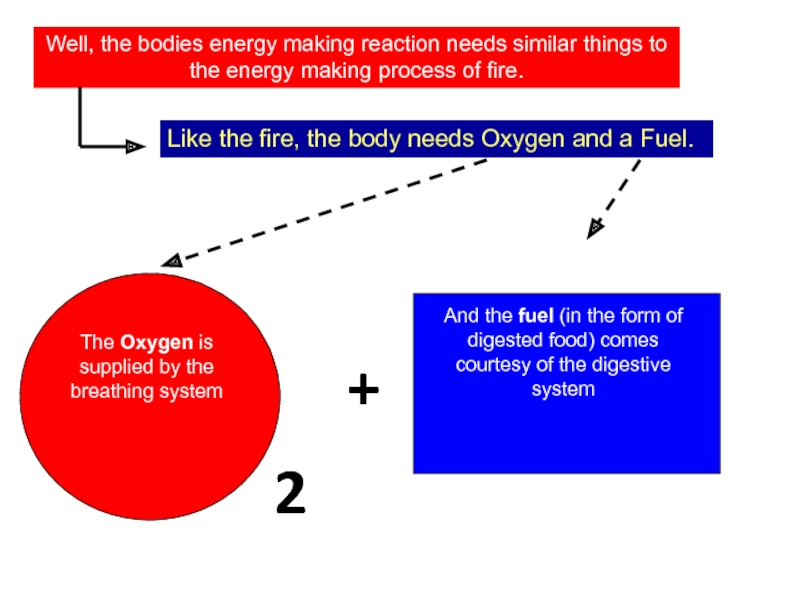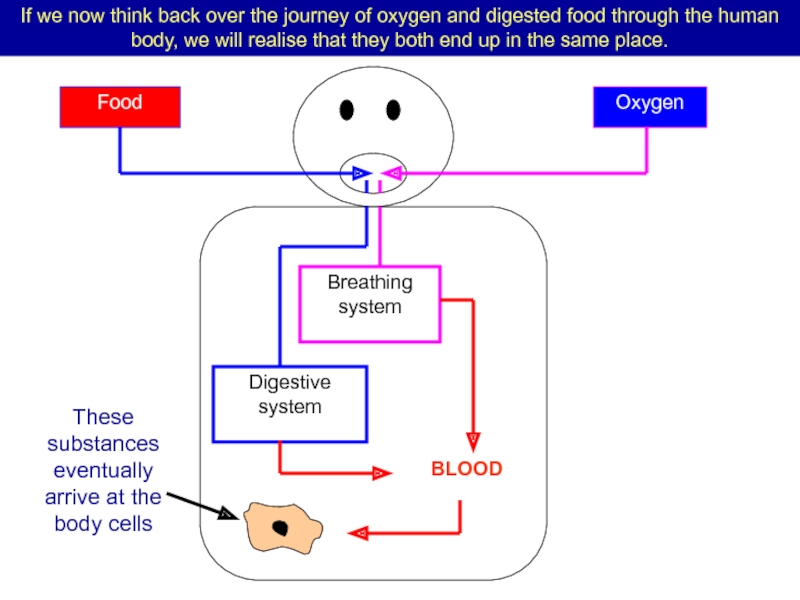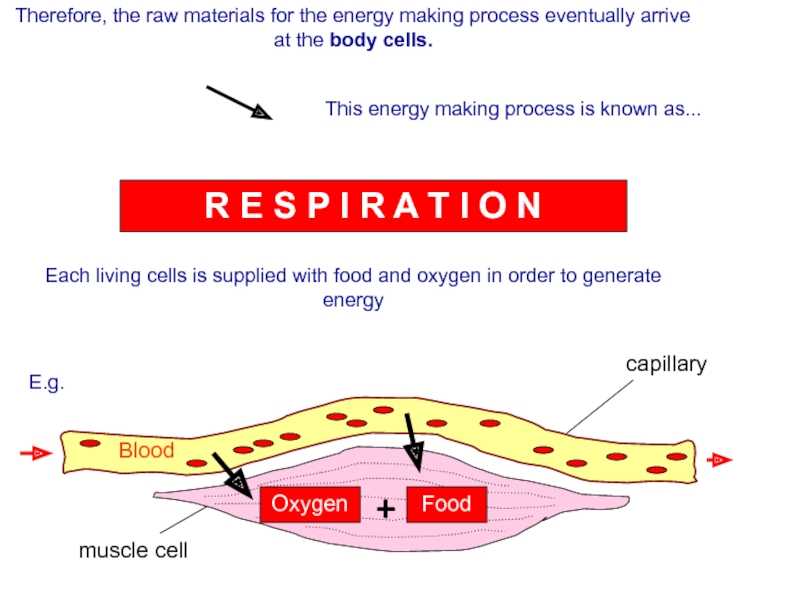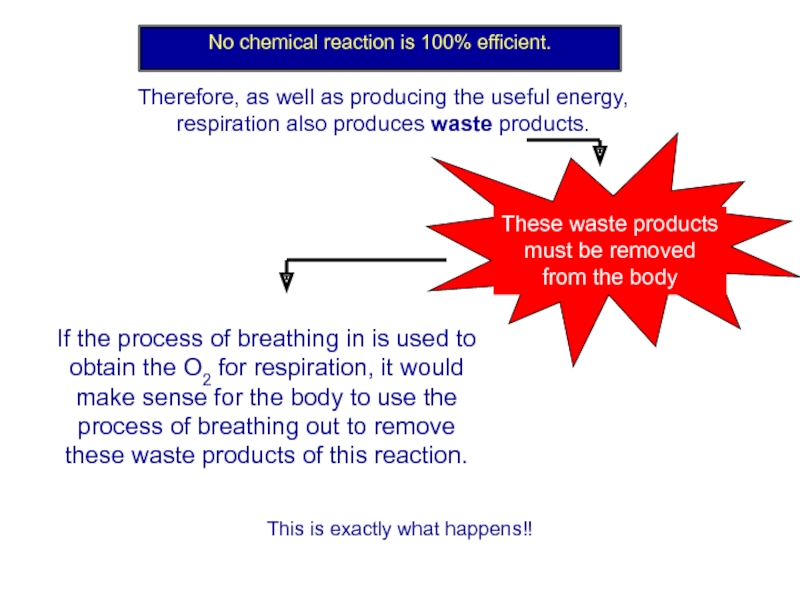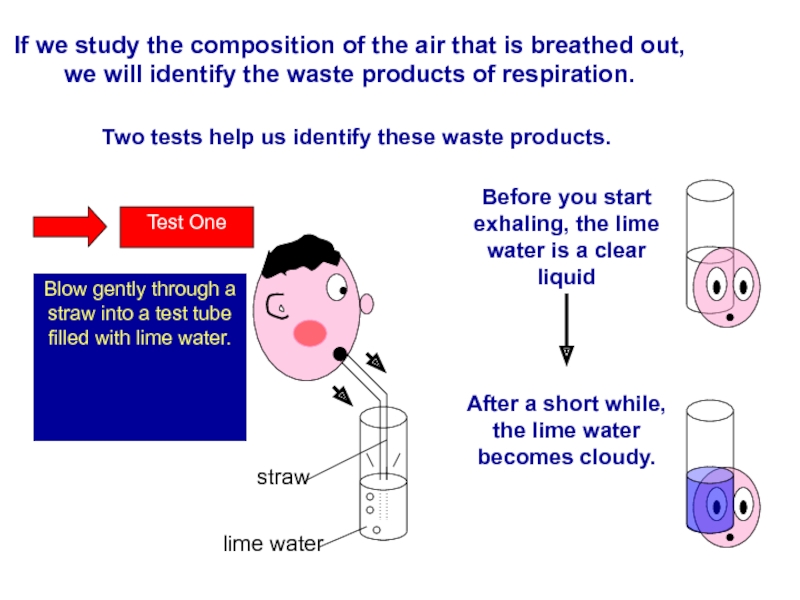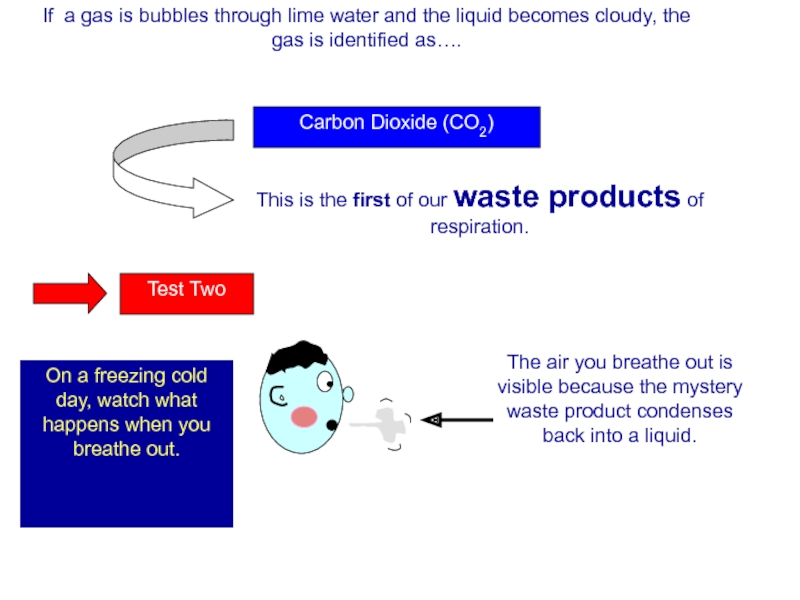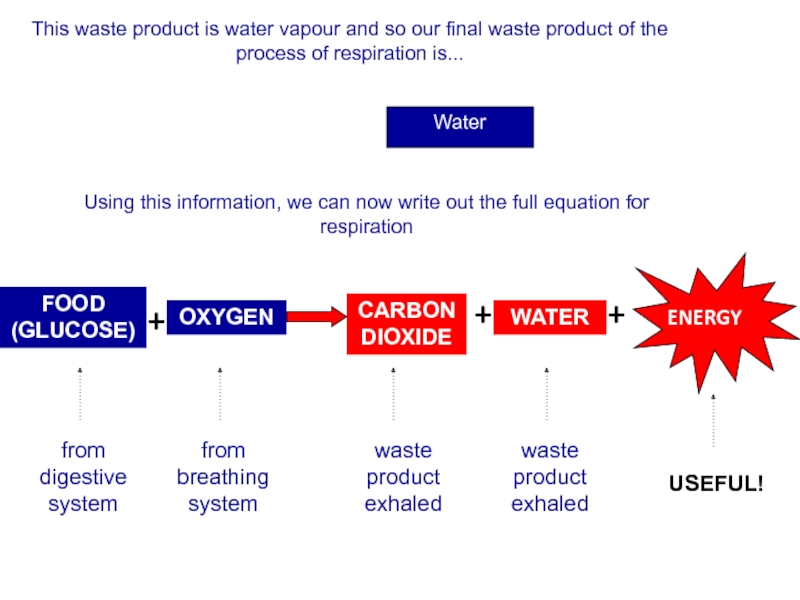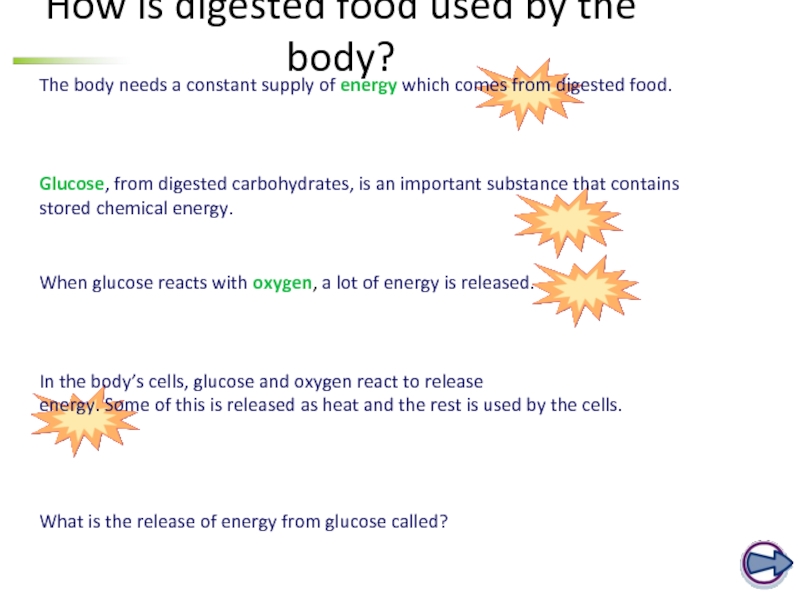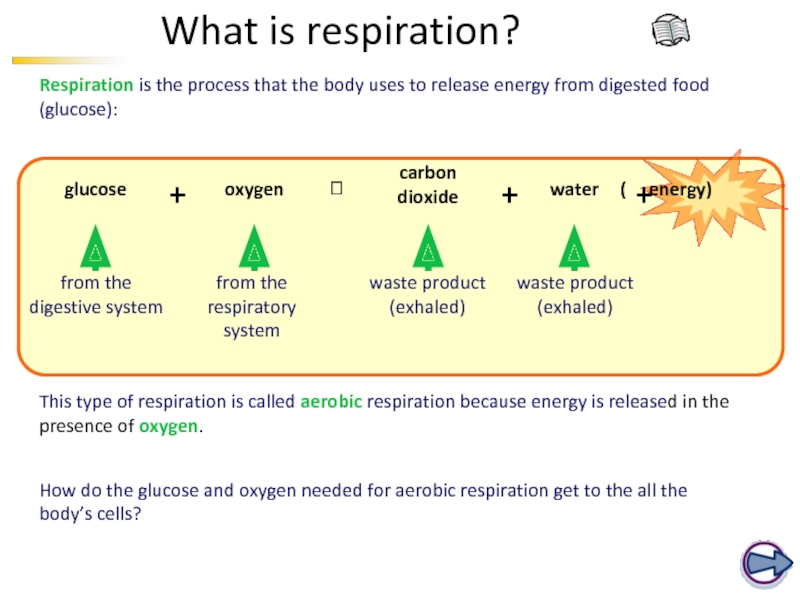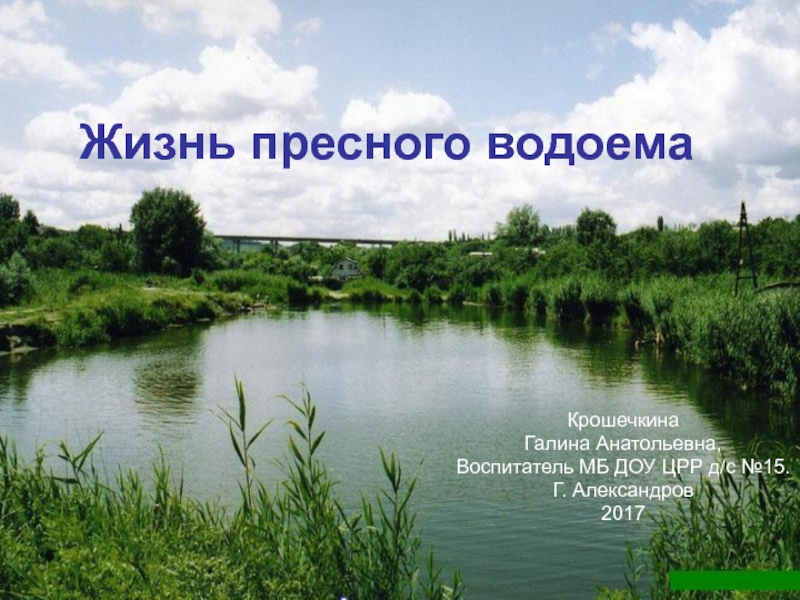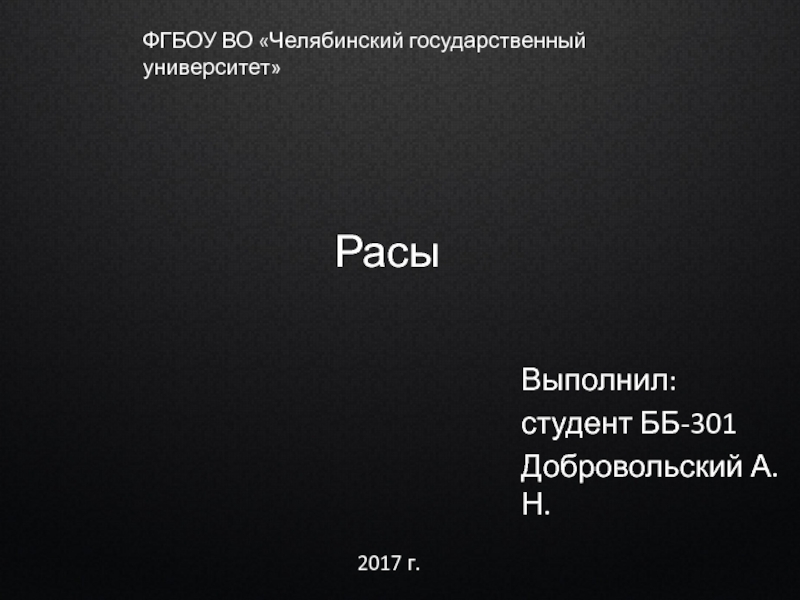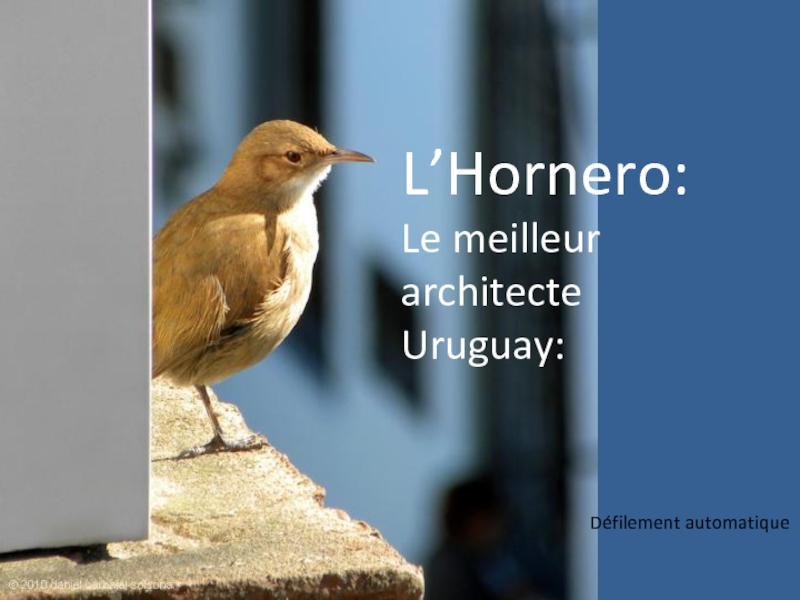- Главная
- Разное
- Дизайн
- Бизнес и предпринимательство
- Аналитика
- Образование
- Развлечения
- Красота и здоровье
- Финансы
- Государство
- Путешествия
- Спорт
- Недвижимость
- Армия
- Графика
- Культурология
- Еда и кулинария
- Лингвистика
- Английский язык
- Астрономия
- Алгебра
- Биология
- География
- Детские презентации
- Информатика
- История
- Литература
- Маркетинг
- Математика
- Медицина
- Менеджмент
- Музыка
- МХК
- Немецкий язык
- ОБЖ
- Обществознание
- Окружающий мир
- Педагогика
- Русский язык
- Технология
- Физика
- Философия
- Химия
- Шаблоны, картинки для презентаций
- Экология
- Экономика
- Юриспруденция
KS4 Biology. The Breathing System презентация
Содержание
- 1. KS4 Biology. The Breathing System
- 2. The Breathing System Cartilage and the
- 3. What is breathing? The body uses the
- 4. Humans breathe to ensure
- 5. Exercise, respiration and ventilation Energy is
- 6. Running and breathing rates
- 7. Carbon dioxide One way the brain deals
- 8. Firstly the breathing system must inhale oxygen
- 10. As the air passes through the nasal
- 11. The Breathing System Cartilage and the
- 12. You may be wondering why they are
- 13. Although this would stop the tube from
- 14. Therefore, a C-shaped piece of cartilage can
- 15. As well as being adapted on its
- 16. The cells that line the wall of
- 17. The presence of mucus and cilia
- 18. Once the microbes are stuck in the
- 19. The Breathing System Cartilage and the
- 20. Eventually the trachea branches, dividing into two
- 21. Each Bronchus connects the trachea to a
- 23. In reality, the lungs are different in
- 24. bronchi these smaller branches are known
- 25. Down the trachea Through each bronchus
- 26. With air entering and leaving the lungs,
- 27. This friction could damage the tissue and
- 28. A fluid is found within this bag,
- 29. http://www.brainpop.co.uk/science/lifeprocesseshumans/respiratorysystem/
- 31. The Breathing System Cartilage and the
- 32. http://www.bbc.co.uk/schools/gcsebitesize/pe/appliedanatomy/1_anatomy_respiratorysys_rev3.shtml
- 33. The alveoli
- 34. Gas exchange
- 35. Actually, each air sac is found to
- 36. This O2 is then able to dissolve
- 37. dissolve dissolve moist
- 38. Label the alveolus
- 39. Diffusion at work
- 42. Inhalation and exhalation
- 43. The mechanism of ventilation
- 44. Respiration
- 45. After the oxygen dissolves
- 46. The blood now carries this oxygen to
- 47. Laws of diffusion
- 48. Remember that the process of inhalation brings
- 49. The Breathing System Cartilage and the
- 50. It has the ability to move, whilst
- 51. This means that the rib cage must
- 52. When you breathe in (inhale), your hands
- 53. When we inhale, our lungs fill with
- 54. The diaphragm
- 55. As the volume of the thorax increases,
- 56. If these changes occur when we breathe
- 57. Click on the “Air Drawn In” buttons
- 58. Click on the “Passage of air” buttons
- 59. KS3 Biology 8B Respiration
- 60. 8B Respiration Contents
- 61. How is digested food used by the
- 62. What is respiration? Respiration is the process
- 63. Respiration Glucose from food is used to
- 64. Aerobic respiration Aerobic exercise can be
- 65. When the body is able to supply
- 66. When anaerobic respiration takes place, the lactic
- 67. Oxygen debt After anaerobic activity, oxygen is
- 68. http://www.brainpop.co.uk/uk/science/lifeprocessescells/cellularrespiration/
- 69. Aerobic respiration
- 70. The Breathing System Cartilage and the
- 71. Glossary aerobic – The
- 72. Breathing in or out?
- 73. Multiple choice section
- 74. Multiple-choice quiz
- 75. Homework Work in pairs Make a
- 76. So far, we have considered both the
- 77. The energy making process depends on the
- 78. Well, the bodies energy making reaction needs
- 79. If we now think back over the
- 80. Therefore, the raw materials for the energy
- 81. No chemical reaction is 100% efficient. Therefore,
- 82. If we study the composition of the
- 83. If a gas is bubbles through lime
- 84. This waste product is water vapour and
- 86. How is digested food used by the
- 87. What is respiration? Respiration is the process
Слайд 2The Breathing System
Cartilage and the trachea
Basics of breathing
Inside
Breathtaking features
Bronchi and the lungs
Contents
Summary
Слайд 3What is breathing?
The body uses the respiratory system to get the
Breathing in and breathing out are separate processes in the body.
It is also used to get rid of one of the waste products of respiration: the gas carbon dioxide.
Breathing in is called inhalation. When you inhale, you breathe air, including oxygen, into your lungs.
Breathing out is called exhalation. When you exhale, you breathe out the contents of your lungs and get rid of the waste gas carbon dioxide.
Слайд 4
Humans breathe to ensure that oxygen enters the body
and that carbon
The breathing system
Basics of breathing
Слайд 5
Exercise, respiration and ventilation
Energy is used up by the active muscles
This means that more oxygen must be breathed in and more carbon dioxide breathed out.
the arteries supplying the muscles dilate?
During exercise, why does:
the heart rate increase
the rate and depth of breathing increase
Слайд 7Carbon dioxide
One way the brain deals with a build up
The brain can detect the level of carbon dioxide in cells.
This increases the rate of gas exchange and the removal of carbon dioxide from the lungs.
When the level of carbon dioxide increases during exercise, the brain must coordinate ways to prevent the
levels reaching toxic levels.
Слайд 8Firstly the breathing system must inhale oxygen and secondly it must
It is designed to be able to perform both tasks using the same organs.
One final important fact to remember is that breathing can be performed without humans having to think about it.
Just imagine that as well as everything else you have to think about, you would have to remember to tell your body to inhale, then exhale, then inhale, exhale, inhale, … etc.
What if you forget to breathe?
Слайд 10As the air passes through the nasal cavity, the air is
smelt, warmed, filtered and moistened slightly.
The air meets at the pharynx, a junction at back of the oral cavity.
The pharynx is a junction between two tubes. The air must travel down only one of these tubes. One is the windpipe (trachea) and the other is the gullet (oesophagus).
As the name suggests, air must pass down through the windpipe (trachea).
The pharynx
Слайд 11The Breathing System
Cartilage and the trachea
Basics of breathing
Inside
Breathtaking features
Bronchi and the lungs
Contents
Summary
Слайд 12You may be wondering why they are C-shaped and not full
You can think of the trachea as a tube lined with C-shaped supporting rungs.
Diagram of trachea with cartilage rungs.
These rings are made of a tough material called cartilage. They help to hold the tube open.
Cartilage in trachea
Слайд 13Although this would stop the tube from collapsing, this would also
When we breathe in, the trachea must expand to allow more air in.
Well, if a tube were lined with fixed circles of cartilage, it would have a fixed diameter…
cartilage
trachea
A clever design
Слайд 15As well as being adapted on its outer surface, the trachea
If we look closely at the inner surface of the trachea…
ciliated epithelial cells
The trachea
trachea
Слайд 16The cells that line the wall of the trachea show two
We say the cells show specialisation.
These specialised cells have a particular job to do.
Ciliated epithelial cells
Слайд 17
The presence of mucus and cilia on the lining of the
Слайд 18Once the microbes are stuck in the mucus, the cilia move
Elevator action
Слайд 19The Breathing System
Cartilage and the trachea
Basics of breathing
Inside
Breathtaking features
Bronchi and the lungs
Contents
Summary
Слайд 20Eventually the trachea branches, dividing into two smaller tubes called the
(The singular of bronchi is a bronchus.)
Don’t forget that in a picture of the human body, right becomes left and left becomes right.
Check by holding up your right hand in a mirror. The person staring back at you will be holding up their left hand.
Bronchi
Слайд 21Each Bronchus connects the trachea to a large air sac known
You have two bronchi and therefore your body has two lungs, a left and a right.
trachea
left bronchi
left lung
right bronchi
right lung
Lungs and bronchi
Слайд 23In reality, the lungs are different in shape.
Here is a
location of the heart
Diagram of a lung
Слайд 24bronchi
these smaller branches are known as bronchioles
Each bronchus now starts branching
One bronchus gives rise to many bronchioles. The overall effect is similar to the branching of a tree from a central trunk.
This branching of the bronchi occurs within both lungs.
Branching bronchi
Слайд 25Down the trachea
Through each bronchus
And through all the bronchioles within each
BUT WHAT HAPPENS NEXT?
Oxygen will pass…
The route that the oxygen gas takes
Слайд 26With air entering and leaving the lungs, they increase and decrease
When organs in the body increase in size, they will touch other organs because of the lack of space.
Problems with lung expansion
This is a danger because living tissue is very delicate and when tissues rub against each other, friction could be generated.
Слайд 27This friction could damage the tissue and kill cells.
Therefore, a
Danger of friction
Слайд 28A fluid is found within this bag, surrounding the lungs.
This
pleural membrane
lung
fluid
The pleural membrane
Слайд 31The Breathing System
Cartilage and the trachea
Basics of breathing
Inside
Breathtaking features
Bronchi and the lungs
Contents
Summary
Слайд 32http://www.bbc.co.uk/schools/gcsebitesize/pe/appliedanatomy/1_anatomy_respiratorysys_rev3.shtml
Слайд 35Actually, each air sac is found to be a bundle of
We can look inside the alveolus to get some idea of why they are shaped the way they are.
The outside of the alveolus is covered with tiny blood vessels.
Oxygen makes its way to special air sacs.
Inside an alveolus
Слайд 37
dissolve
dissolve
moist lining
This moist lining also stops the alveolus from drying and
Keeping the environment right
Слайд 45
After the oxygen dissolves it also diffuses.
O2
O2
O2
O2
cell lining of alveolus
cell lining
blood
D I F F U S I O N
The oxygen molecules must diffuse through both the lining of the alveolus and the lining of the blood capillary.
They are eventually picked up by red blood cells.
Oxygen diffusion into red blood cells
Слайд 46The blood now carries this oxygen to the cells of the
Right Lung
Left Lung
blood vessel
body cells
blood
O2
O2
Blood leaving the lungs
Слайд 48Remember that the process of inhalation brings O2 into the body
So, how does our breathing system enable us to do this?
Well, inhaling and exhaling are brought about by certain changes in the position of the components within our breathing system.
Let’s next look at the general structure of this system.
Remember, the breathing system is found in the upper region of the body. This is known as the thorax.
Breathing system summary
Слайд 49The Breathing System
Cartilage and the trachea
Basics of breathing
Inside
Breathtaking features
Bronchi and the lungs
Contents
Summary
Слайд 50It has the ability to move, whilst remaining enclosed within the
Breathtaking features
The breathing system does not have a fixed shape.
Слайд 51This means that the rib cage must also be able to
Take your hands and place them flat on your chest just above your hips on each side of your body. Now breathe in and out very deeply. Whilst you do this, watch to see what happens to your hands.
You should notice the following things…..
A mobile ribcage?
Слайд 52When you breathe in (inhale), your hands move up and outwards.
When
Take a breath
Слайд 53When we inhale, our lungs fill with air.
As they fill, they
The ribs must then move upwards and outwards to make more room in the thorax.
The overall effect of this is that our chest expands.
Inhaling: chest expansion
Слайд 55As the volume of the thorax increases, the internal air pressure
This means that the air pressure outside the lungs is greater than the air pressure inside the lungs.
Pressure regulation
Слайд 56If these changes occur when we breathe in, the opposite must
These changes can be summarised in the table below...
Features of inhalation and exhalation
Слайд 608B Respiration
Contents
Releasing energy
The circulation system
The breathing system
Anaerobic respiration
Слайд 61How is digested food used by the body?
Glucose, from digested carbohydrates,
When glucose reacts with oxygen, a lot of energy is released.
In the body’s cells, glucose and oxygen react to release
energy. Some of this is released as heat and the rest is used by the cells.
What is the release of energy from glucose called?
The body needs a constant supply of energy which comes from digested food.
Слайд 62What is respiration?
Respiration is the process that the body uses to
This type of respiration is called aerobic respiration because energy is released in the presence of oxygen.
How do the glucose and oxygen needed for aerobic respiration get to the all the body’s cells?
oxygen
carbon
dioxide
glucose
+
+
water
from the digestive system
from the respiratory system
waste product (exhaled)
waste product (exhaled)
Слайд 63Respiration
Glucose from food is used to fuel exercise.
Respiration is the process
Waste products,
including carbon dioxide,
are produced as a result of
the chemical reactions. These
must be removed and excreted.
energy
Oxygen is required to ‘break down’ the glucose to produce energy.
This energy is used to make muscles contract.
Слайд 64
Aerobic respiration
Aerobic exercise can be maintained for long periods without the
There are two different types of respiration.
When you exercise at a steady, comfortable rate, the cardiovascular system is able to supply the muscles with all the oxygen they need.
Under these conditions, aerobic respiration takes place.
glucose
+ oxygen
energy
carbon dioxide
+
+ water
Слайд 65When the body is able to supply the cells with the
Anaerobic respiration
When the body cannot supply the cells with the oxygen needed to break down glucose, then it has to carry out anaerobic respiration. Energy is released without oxygen:
Aerobic and anaerobic respiration
Aerobic respiration
carbon
dioxide
glucose
oxygen
water
energy
lactic
acid
energy
glucose
Слайд 66When anaerobic respiration takes place, the lactic acid produced soaks the
After activity that has lead to anaerobic respiration, the person involved pants and breathes heavily.
This happens because they need lots of oxygen to get rid of lactic acid that has built up in their body.
Not enough oxygen!
Слайд 67Oxygen debt
After anaerobic activity, oxygen is needed to neutralize the lactic
The oxygen reacts with the lactic acid to form CO2 and water.
Rapid and deep breathing is needed for a short period after high intensity exercise in order to repay the debt.
This also helps to remove the carbon dioxide which accumulates in the blood during intense exercise.
Слайд 70The Breathing System
Cartilage and the trachea
Basics of breathing
Inside
Breathtaking features
Bronchi and the lungs
Contents
Summary
Слайд 71 Glossary
aerobic – The type of respiration that occurs
alveoli – Tiny air sacs in the lungs where gas exchange takes place.
anaerobic – The type of respiration that occurs without oxygen.
exhalation – The process of breathing out.
glucose – A type of sugar that the body releases energy from during respiration.
inhalation – The process of breathing in.
respiration – The process that the body uses to release energy from digested food.
Слайд 75Homework
Work in pairs
Make a poster about respiration, do not use to
Use internet for interesting ideas, use picture or draw by yourself to make your poster as nice as you can.
Слайд 76So far, we have considered both the structure of the breathing
BUT...
We have not talked about why the body needs to breathe.
If you remember, we know that we breathe constantly throughout life. Also, we know that if we stopped breathing we would eventually die.
So, breathing in Oxygen (O2) must be linked to something that we need constantly and without it our bodies would die.
The answer is ENERGY making
Слайд 77The energy making process depends on the breathing system and the
Imagine a fire...
This will produce energy in the form of heat but only if it is supplied with 2 main ingredients.
FUEL
OXYGEN
Слайд 78Well, the bodies energy making reaction needs similar things to the
Like the fire, the body needs Oxygen and a Fuel.
The Oxygen is supplied by the breathing system
2
+
And the fuel (in the form of digested food) comes courtesy of the digestive system
Слайд 79If we now think back over the journey of oxygen and
Breathing system
Digestive system
BLOOD
These substances eventually arrive at the body cells
Слайд 80Therefore, the raw materials for the energy making process eventually arrive
This energy making process is known as...
R E S P I R A T I O N
Each living cells is supplied with food and oxygen in order to generate energy
Oxygen
Blood
Food
+
capillary
muscle cell
E.g.
Слайд 81No chemical reaction is 100% efficient.
Therefore, as well as producing the
These waste products must be removed from the body
If the process of breathing in is used to obtain the O2 for respiration, it would make sense for the body to use the process of breathing out to remove these waste products of this reaction.
This is exactly what happens!!
Слайд 82If we study the composition of the air that is breathed
Two tests help us identify these waste products.
Blow gently through a straw into a test tube filled with lime water.
lime water
straw
Before you start exhaling, the lime water is a clear liquid
After a short while, the lime water becomes cloudy.
Слайд 83If a gas is bubbles through lime water and the liquid
Carbon Dioxide (CO2)
This is the first of our waste products of respiration.
On a freezing cold day, watch what happens when you breathe out.
The air you breathe out is visible because the mystery waste product condenses back into a liquid.
Слайд 84This waste product is water vapour and so our final waste
Water
Using this information, we can now write out the full equation for respiration
FOOD (GLUCOSE)
OXYGEN
WATER
CARBON DIOXIDE
+
+
+
ENERGY
from digestive system
from breathing system
USEFUL!
waste product exhaled
waste product exhaled
Слайд 86How is digested food used by the body?
Glucose, from digested carbohydrates,
When glucose reacts with oxygen, a lot of energy is released.
In the body’s cells, glucose and oxygen react to release
energy. Some of this is released as heat and the rest is used by the cells.
What is the release of energy from glucose called?
The body needs a constant supply of energy which comes from digested food.
Слайд 87What is respiration?
Respiration is the process that the body uses to
This type of respiration is called aerobic respiration because energy is released in the presence of oxygen.
How do the glucose and oxygen needed for aerobic respiration get to the all the body’s cells?
oxygen
carbon
dioxide
glucose
+
+
water
from the digestive system
from the respiratory system
waste product (exhaled)
waste product (exhaled)
